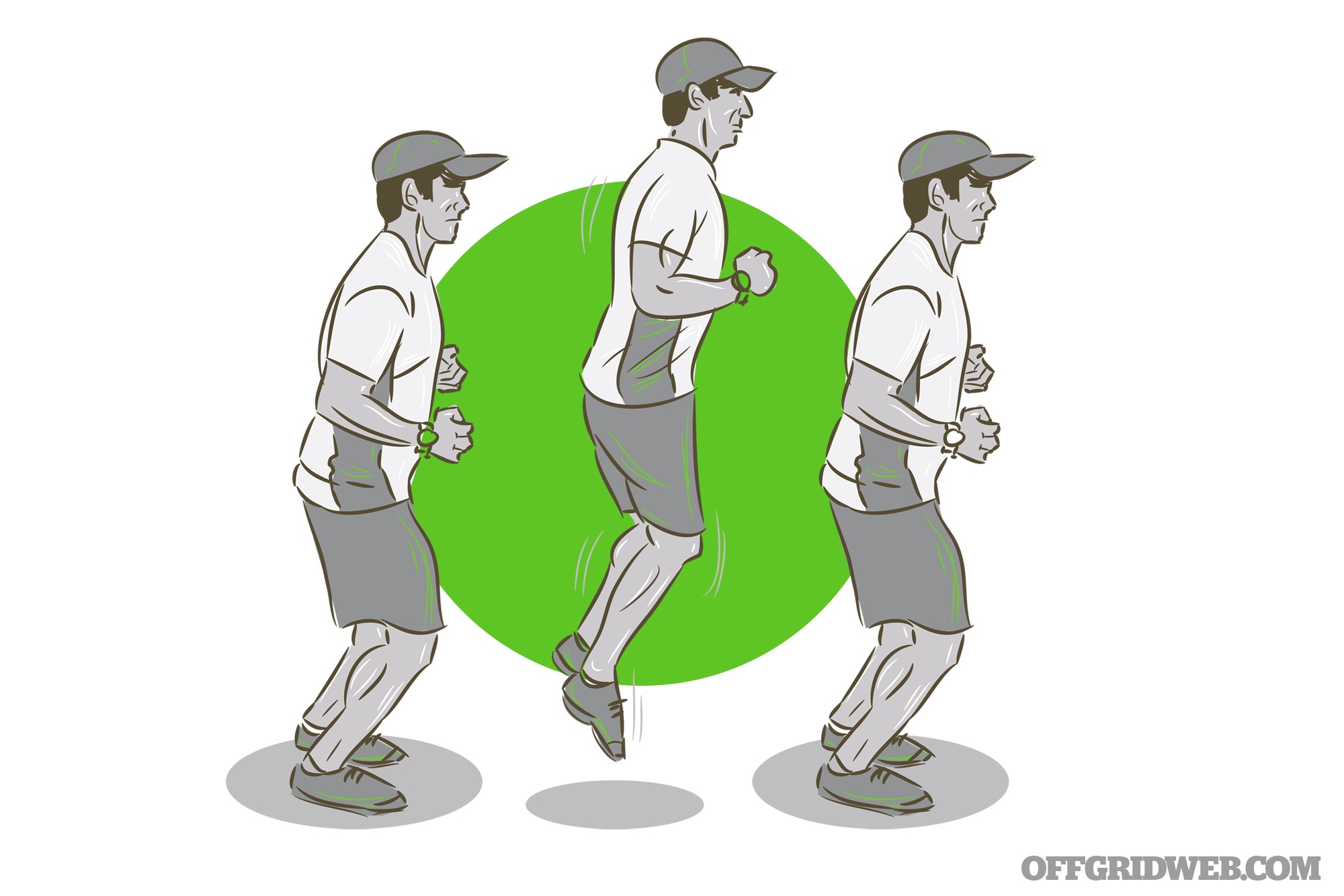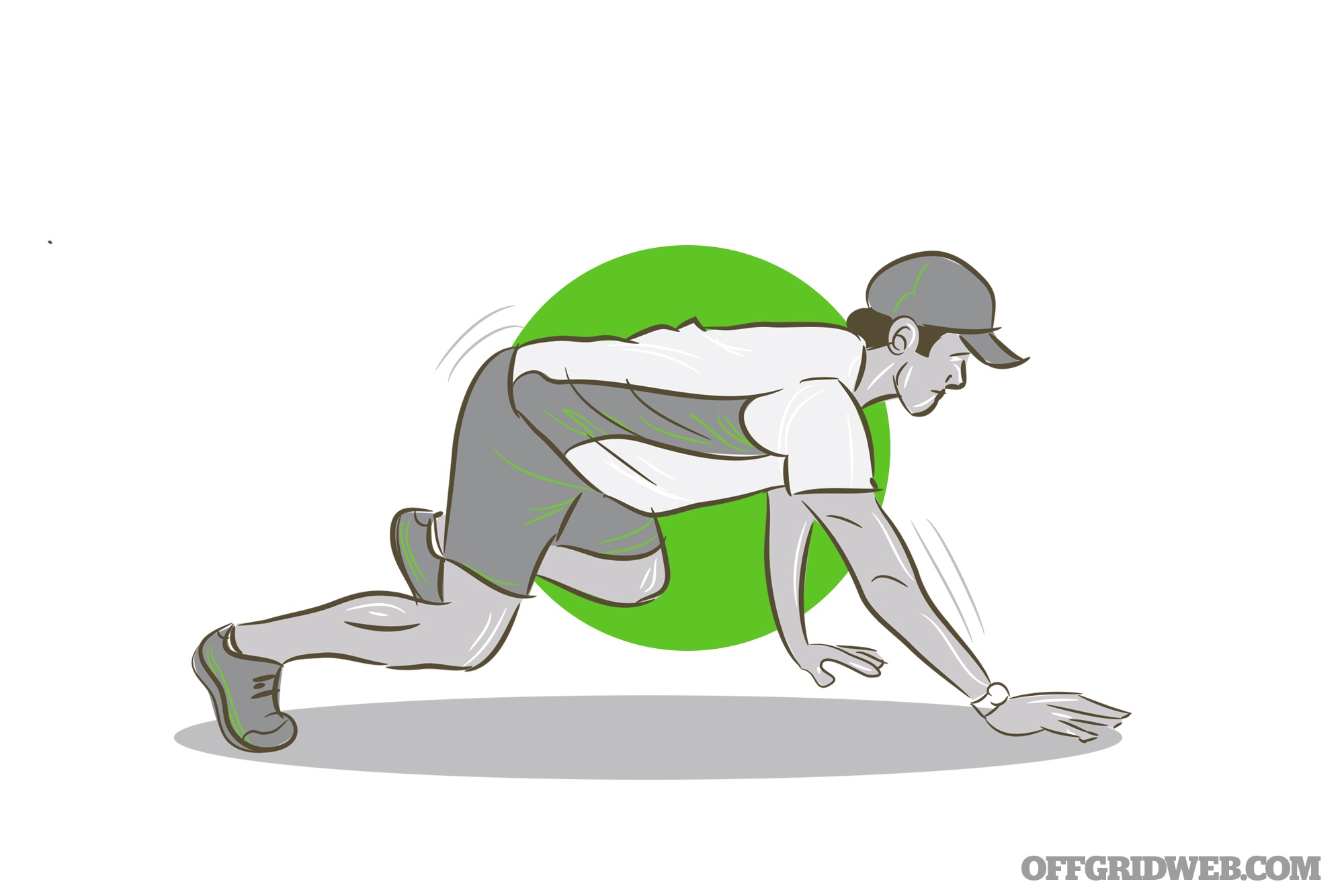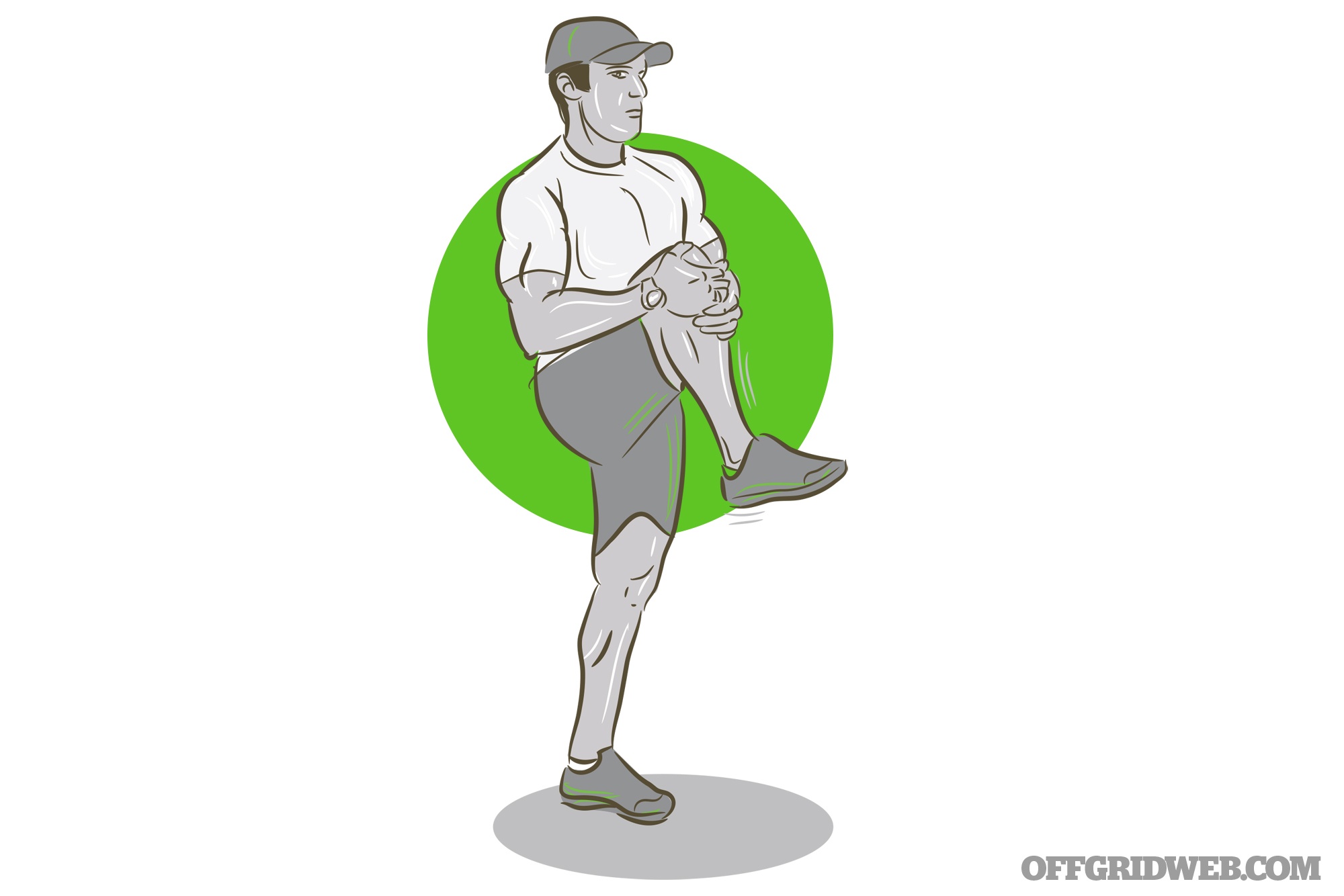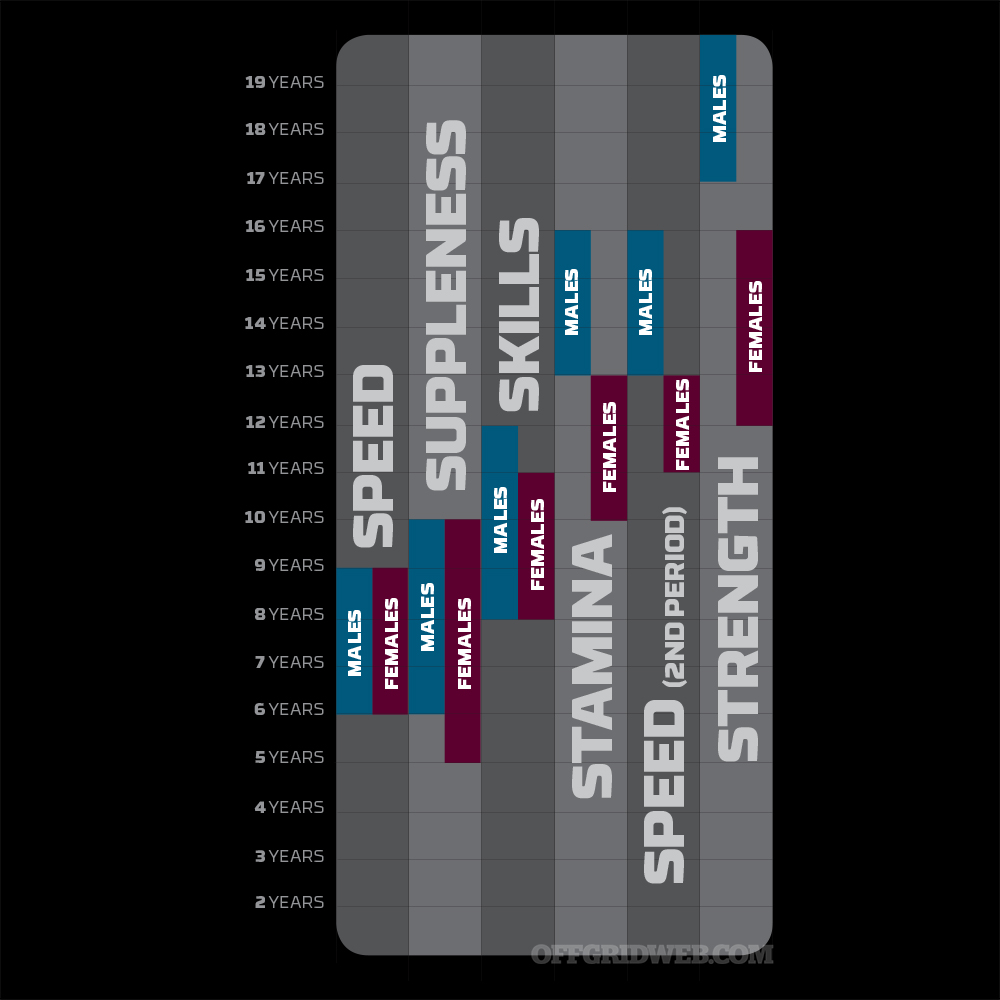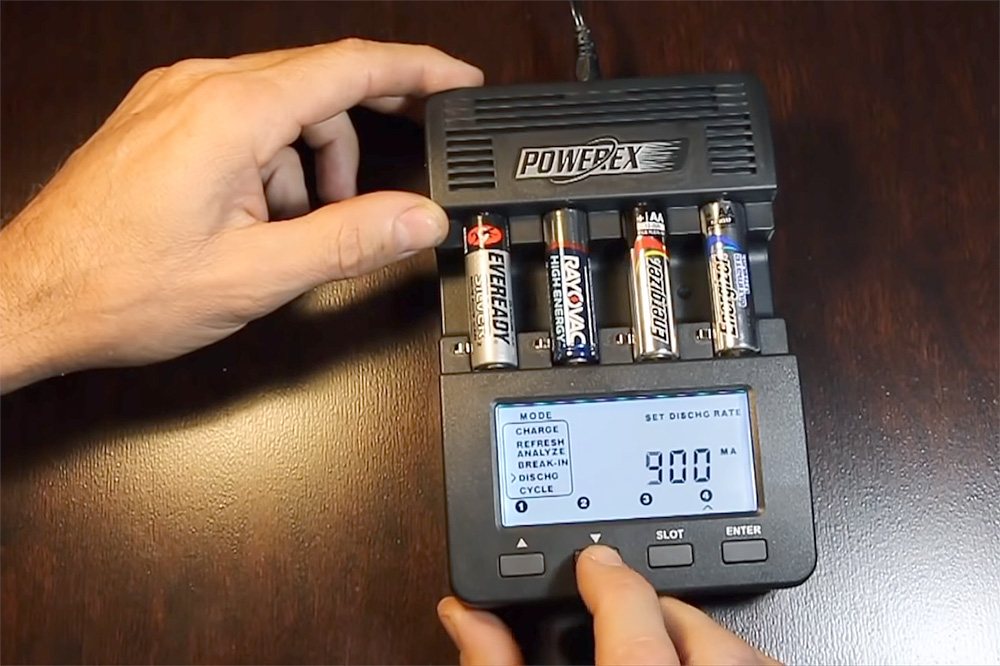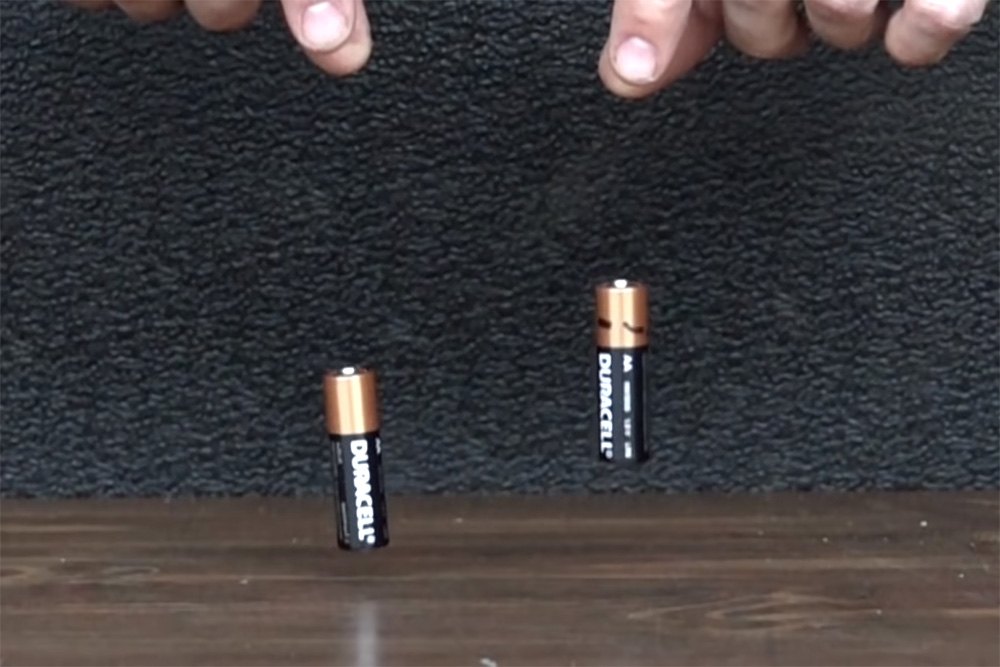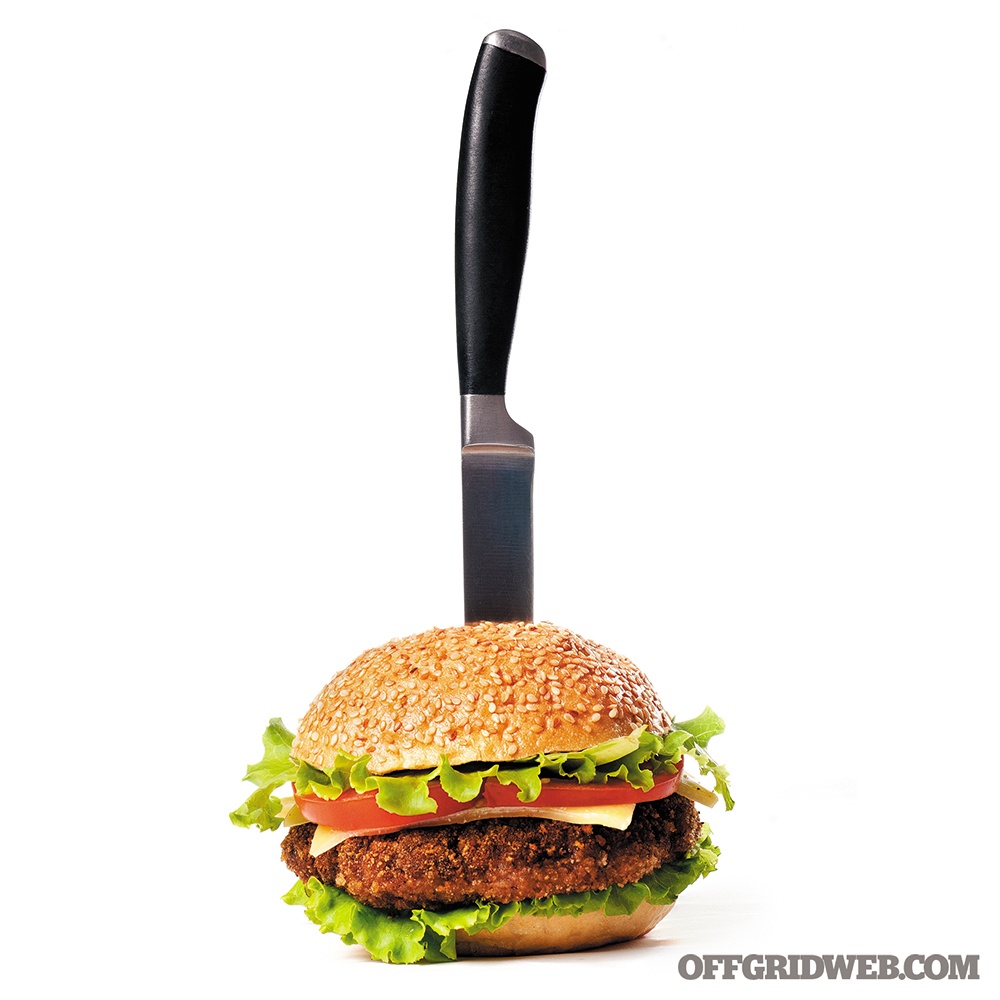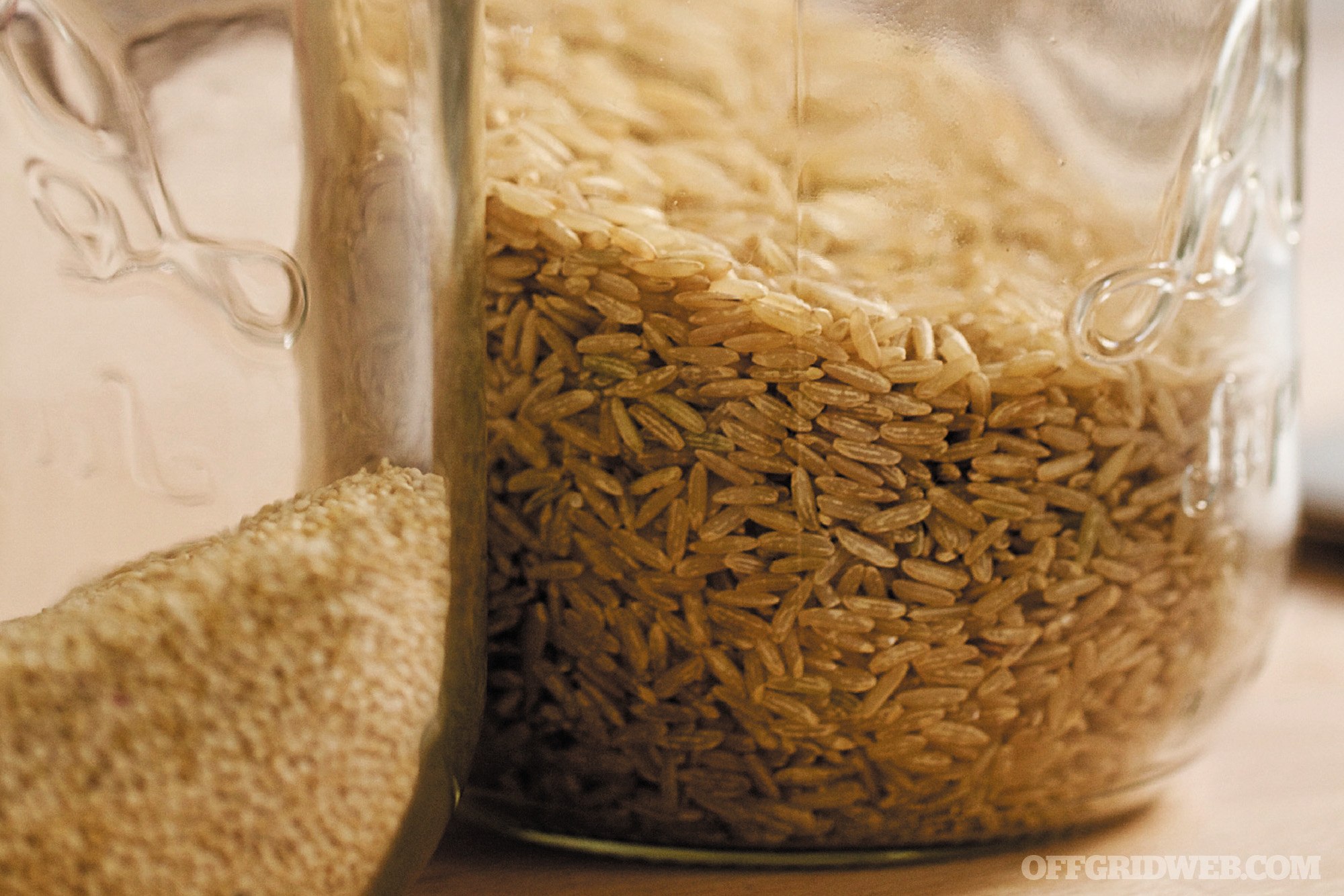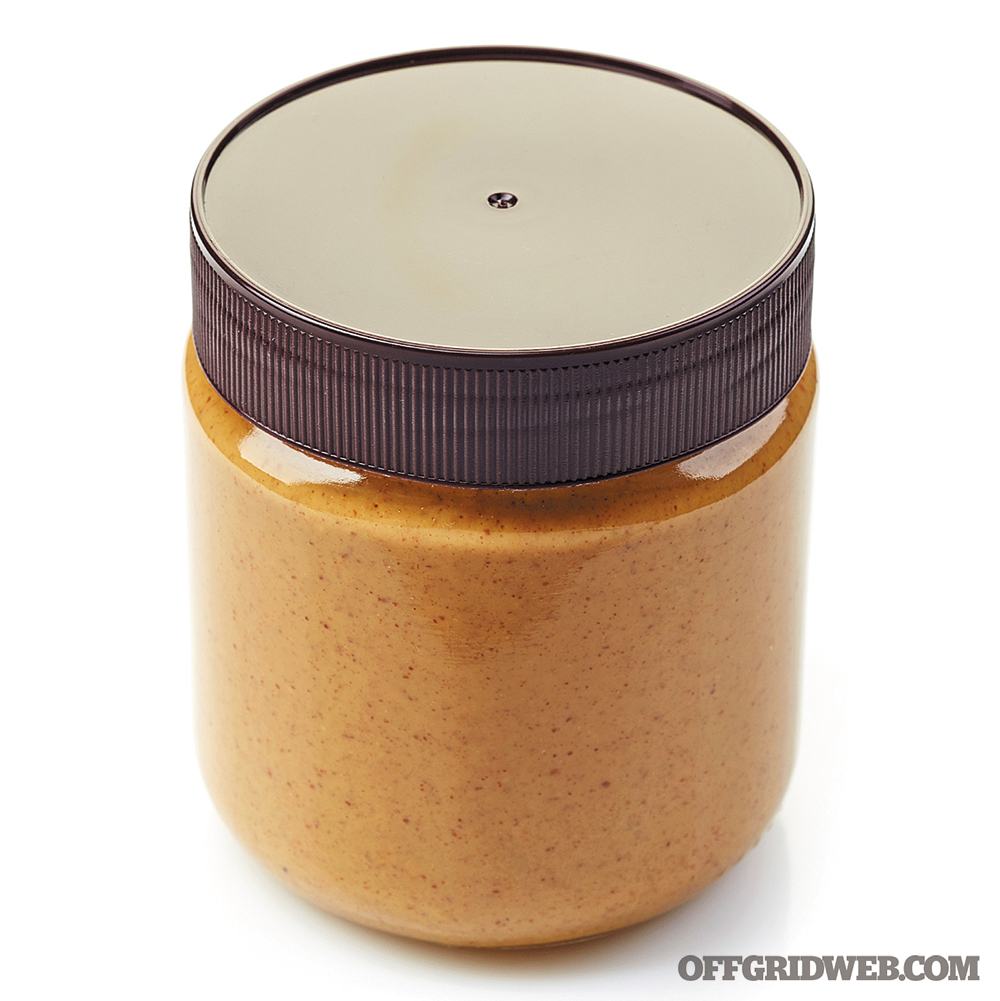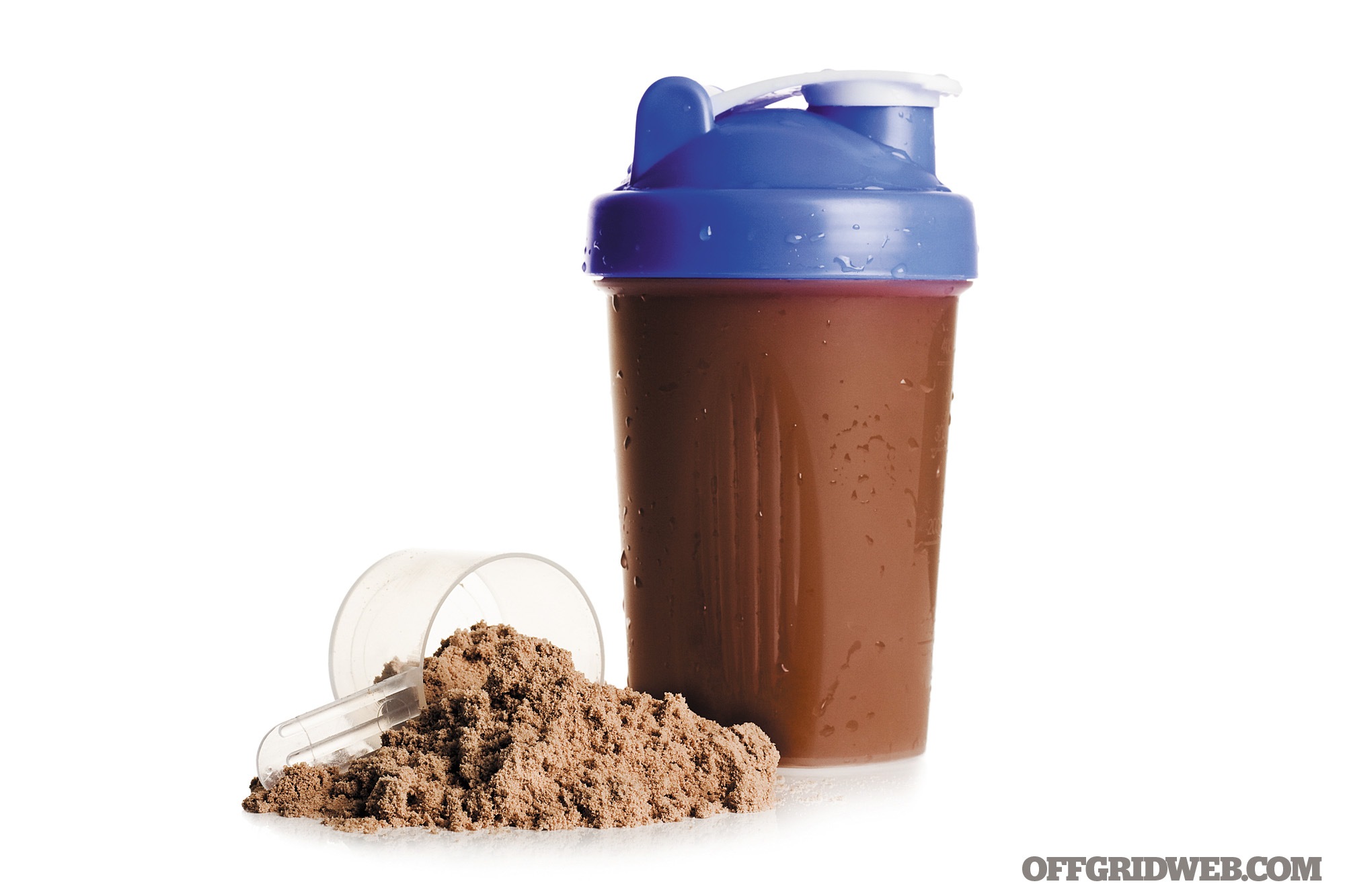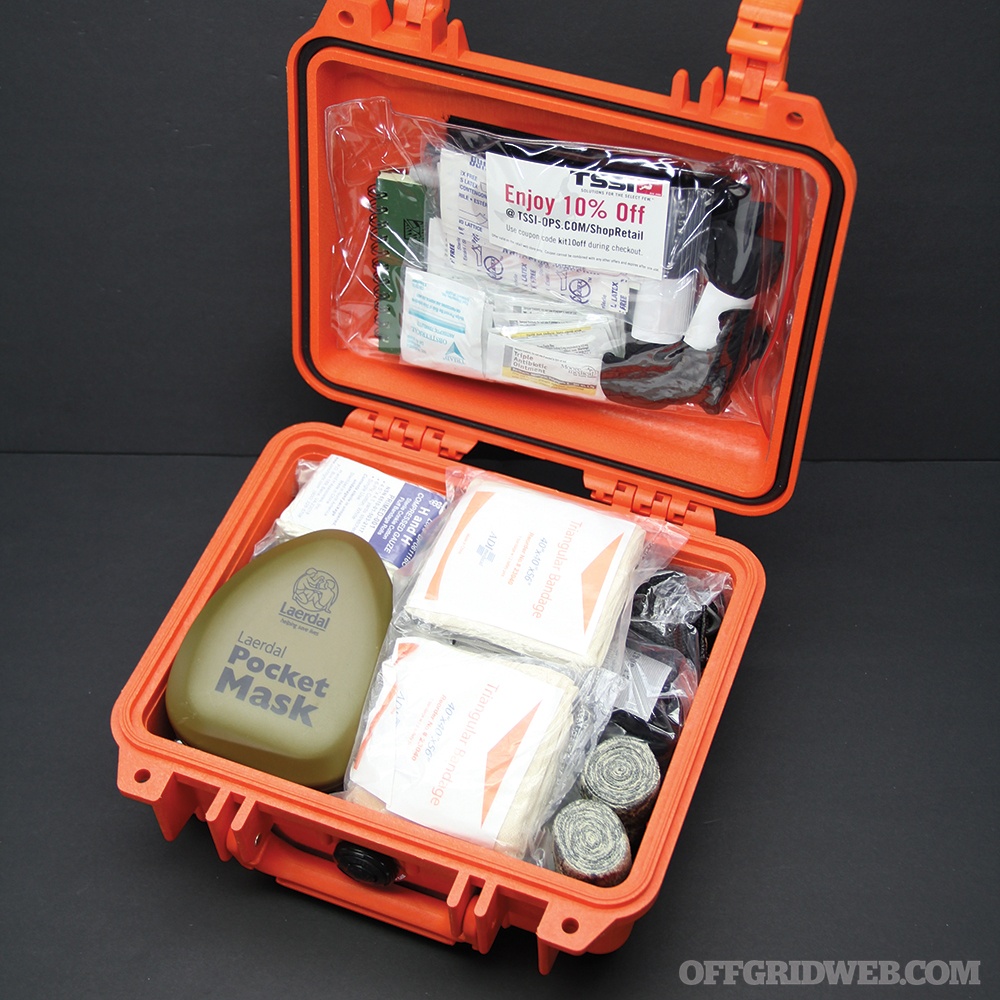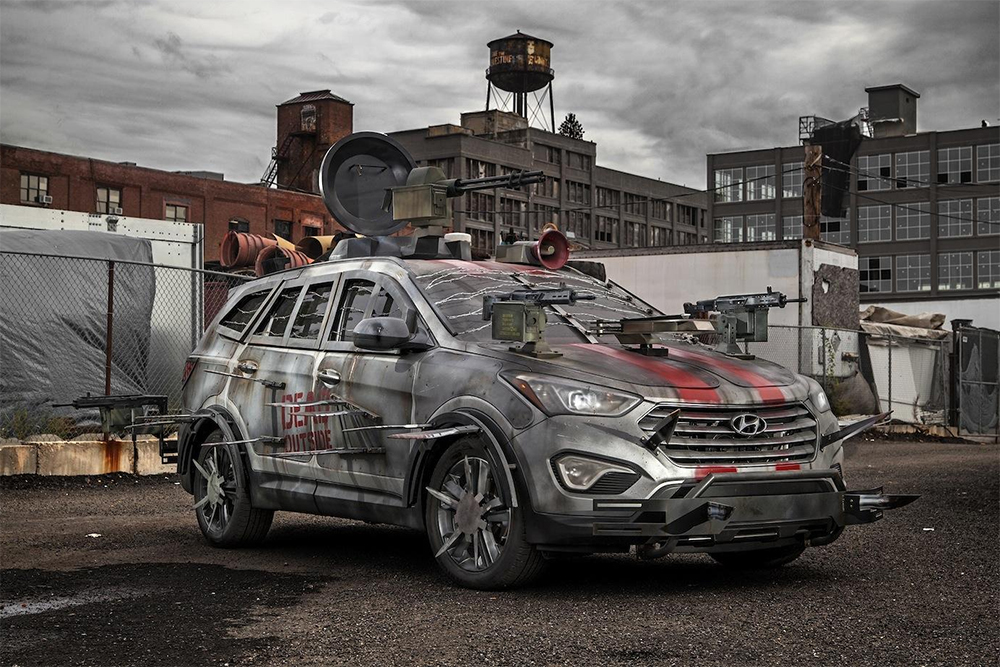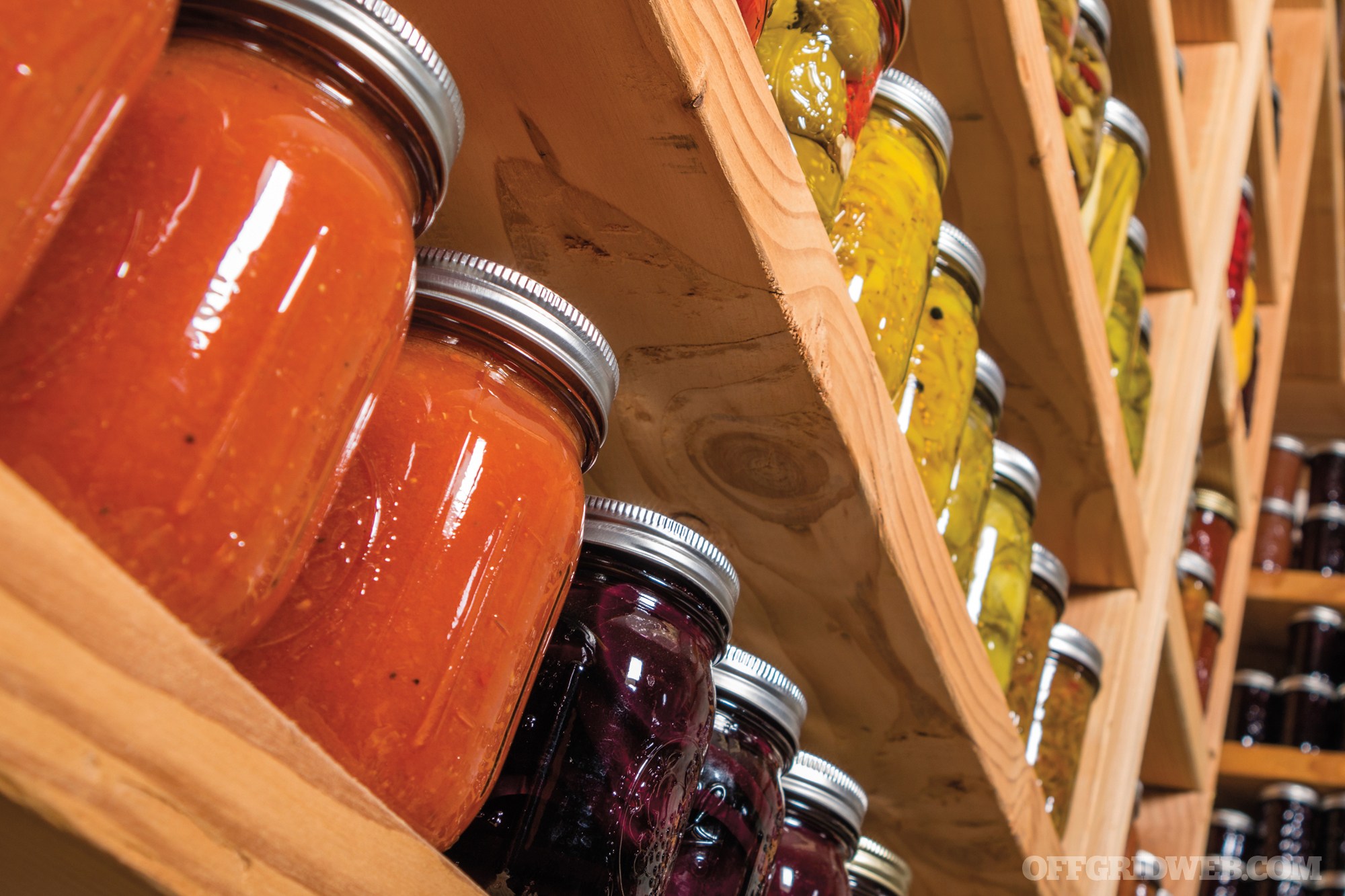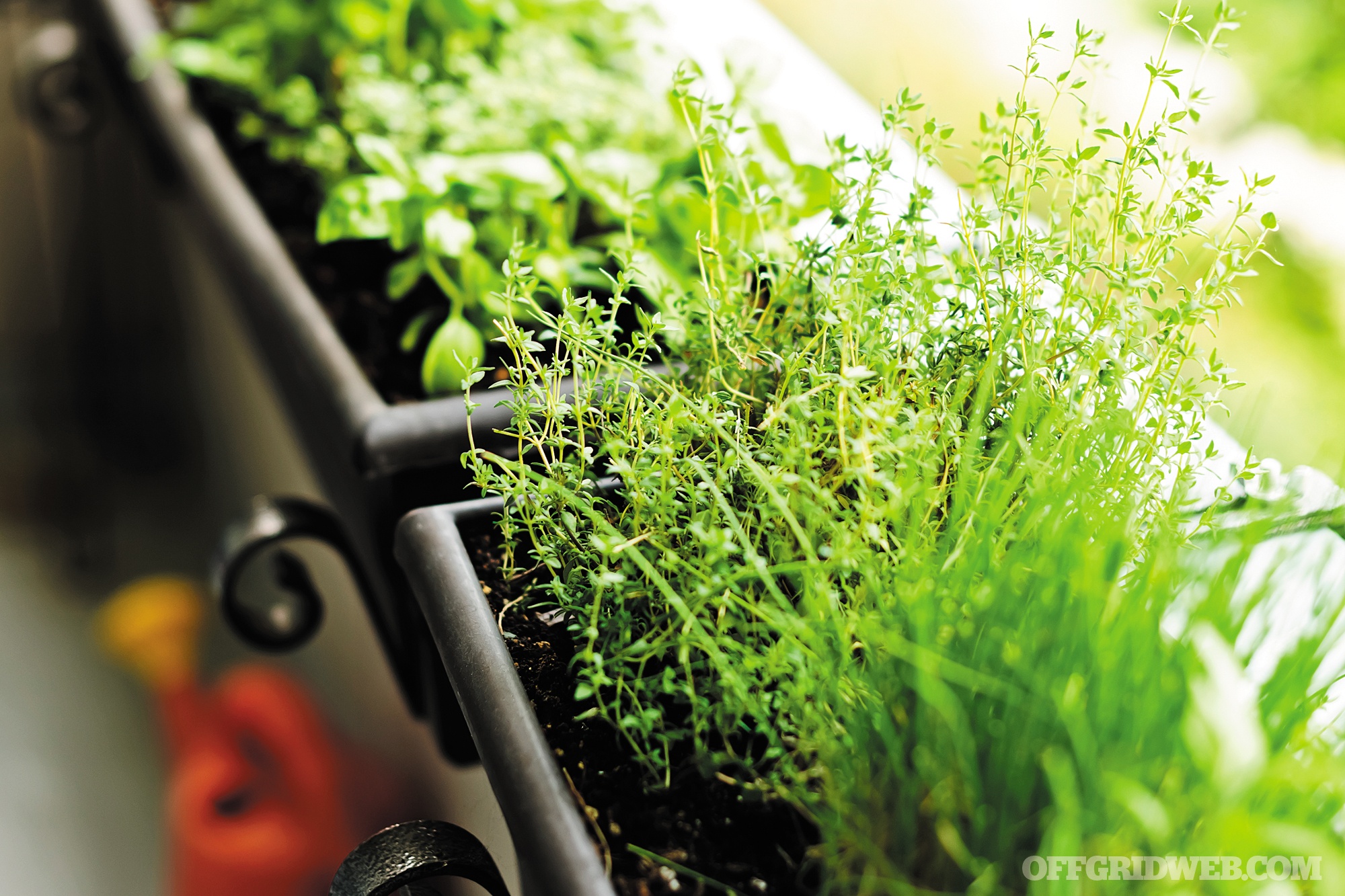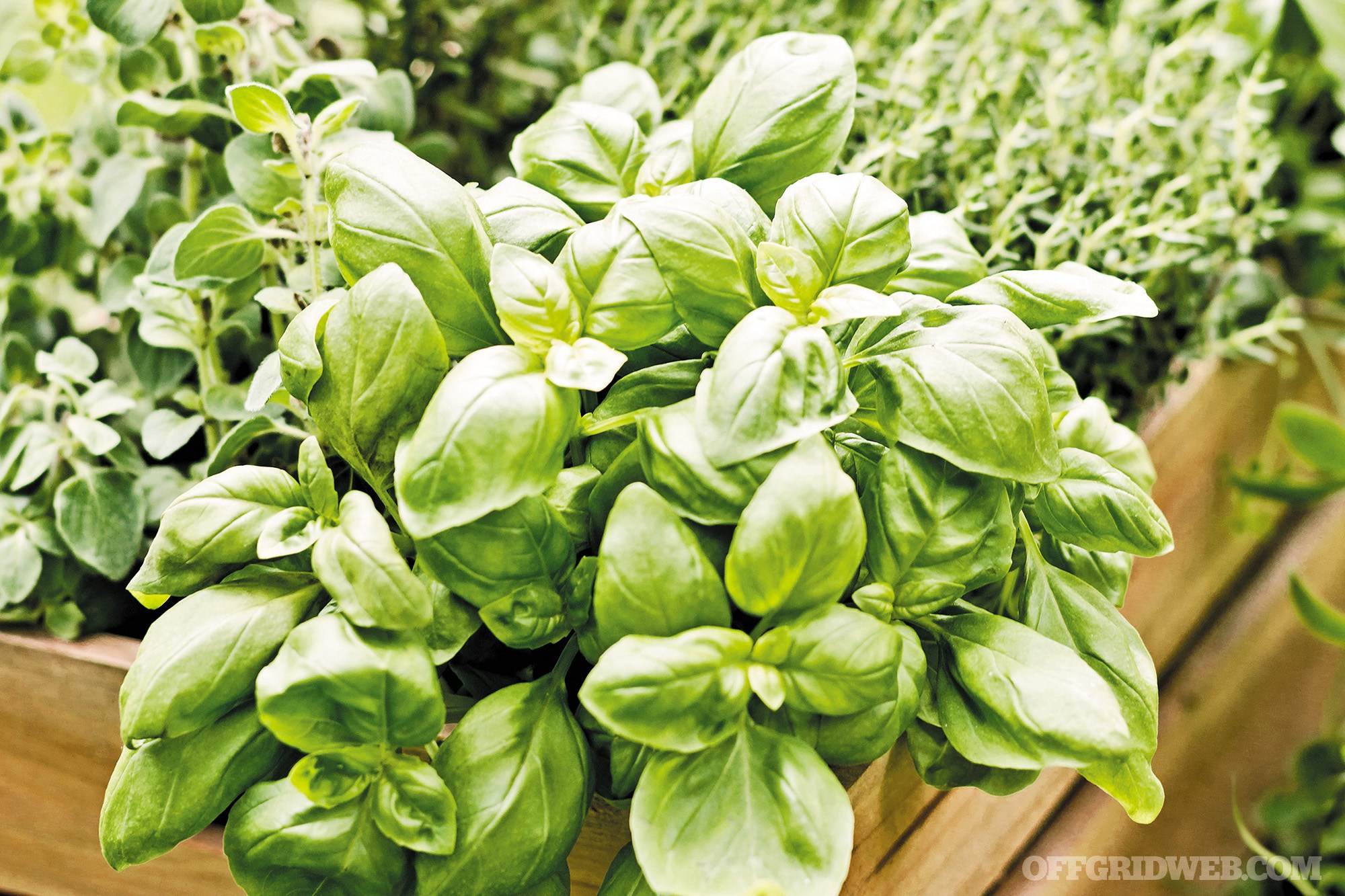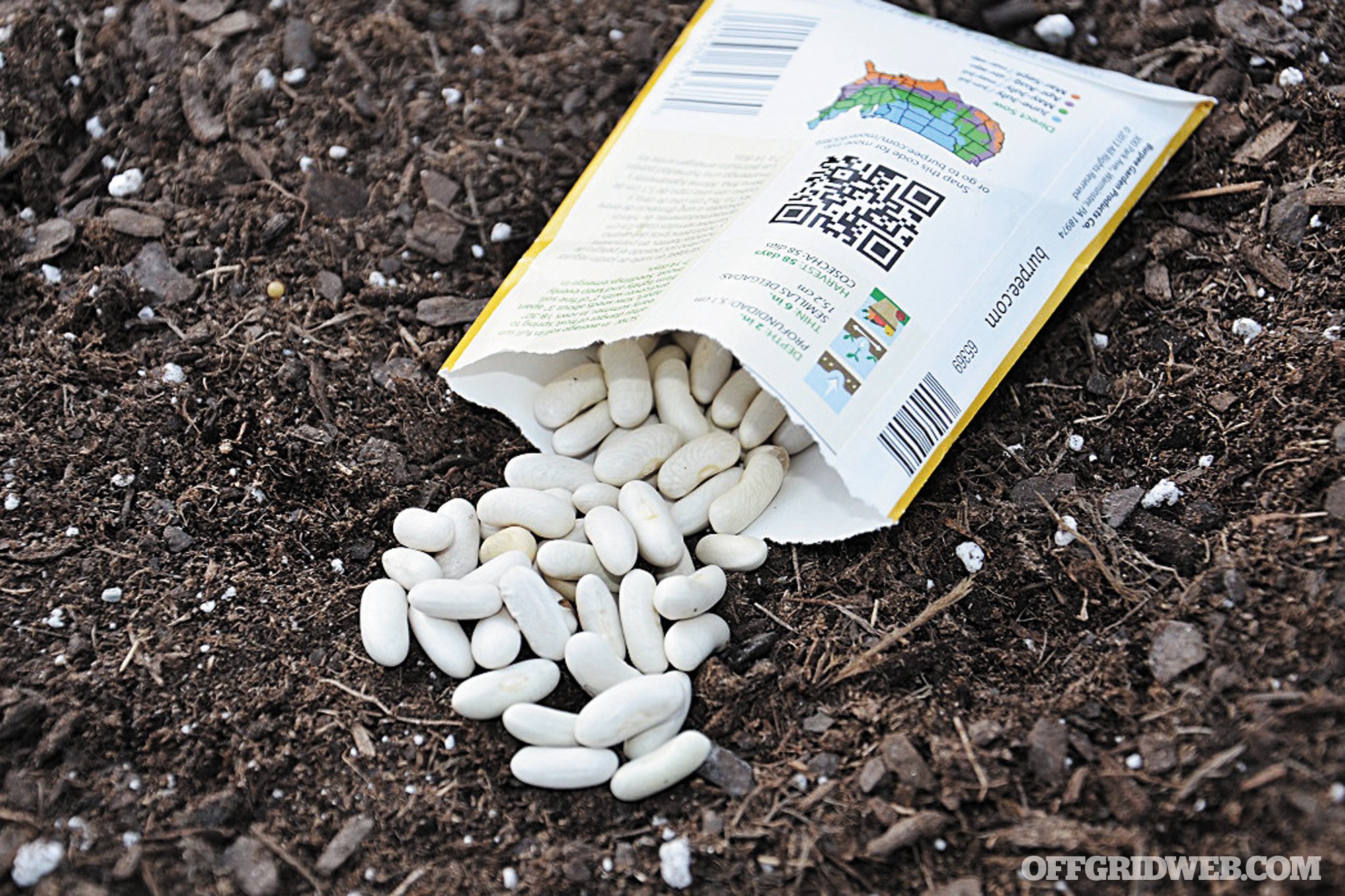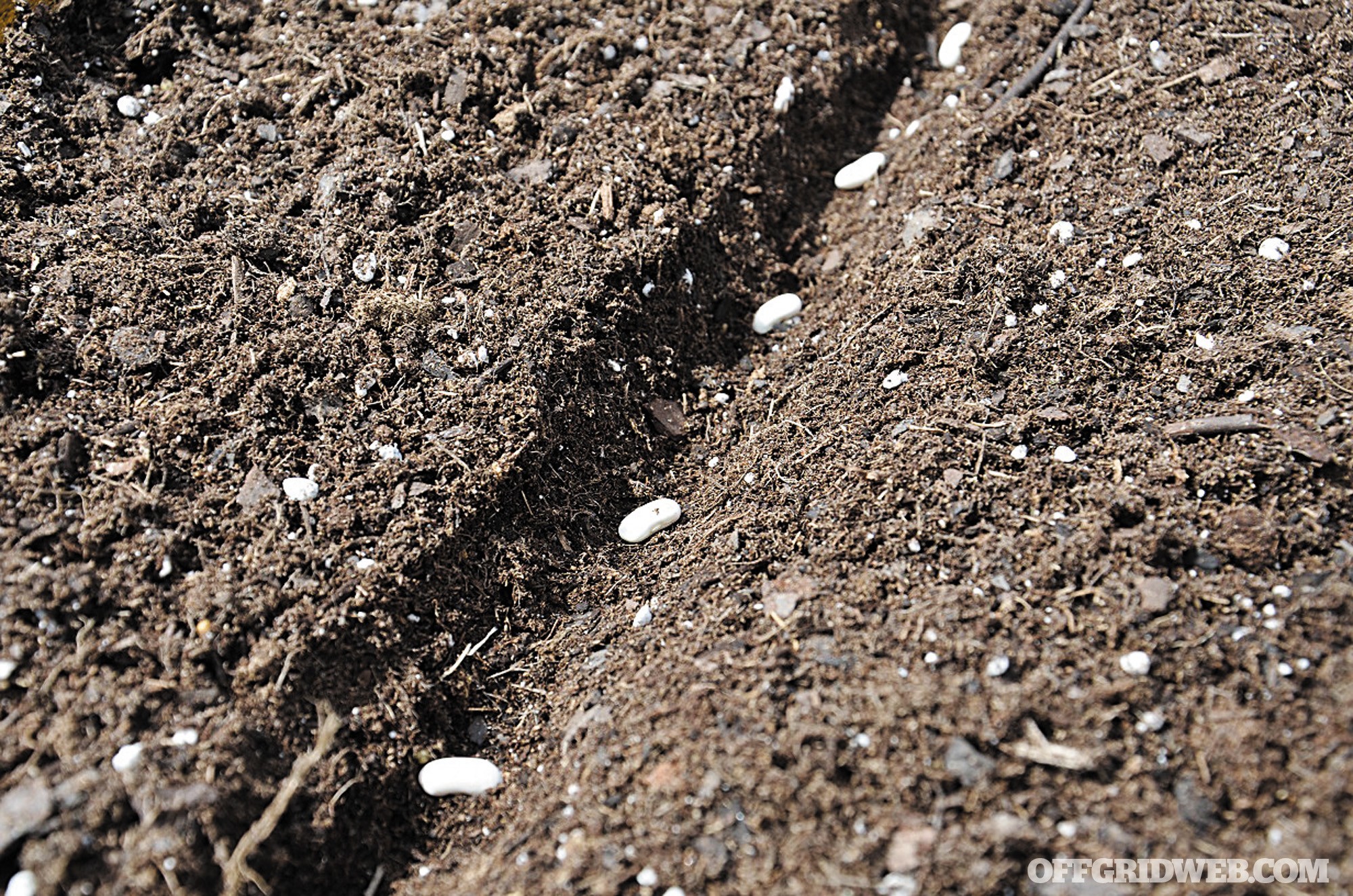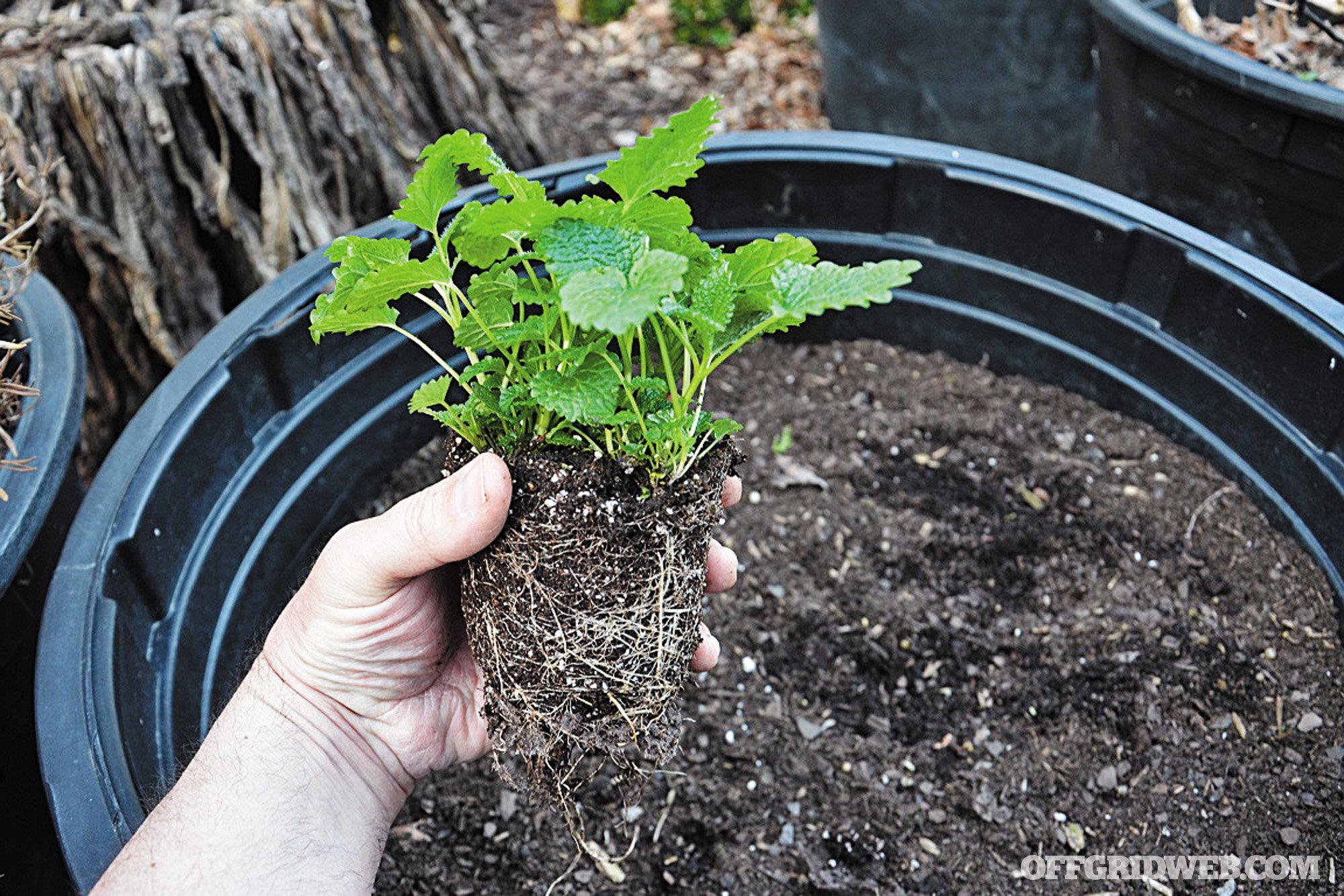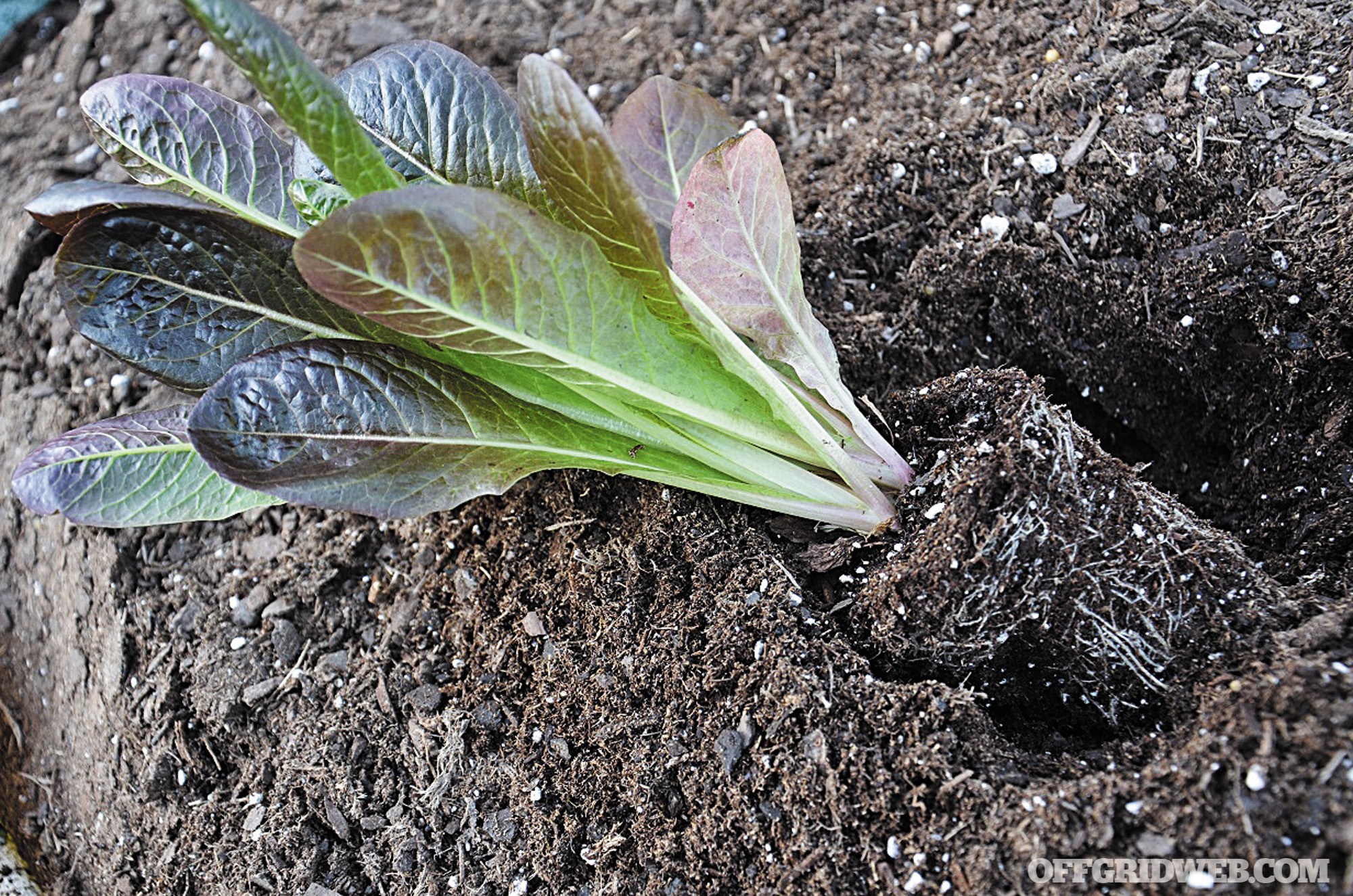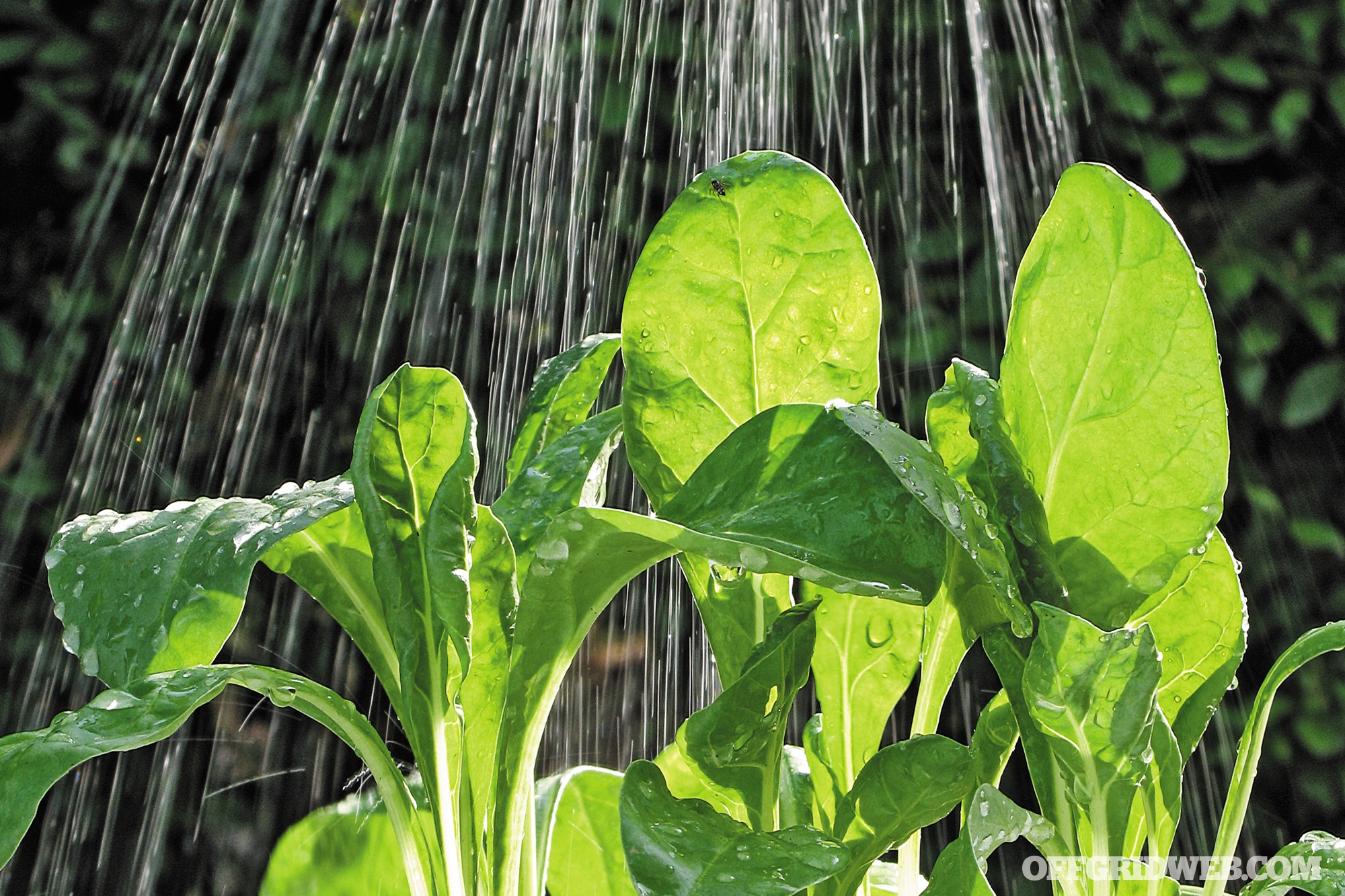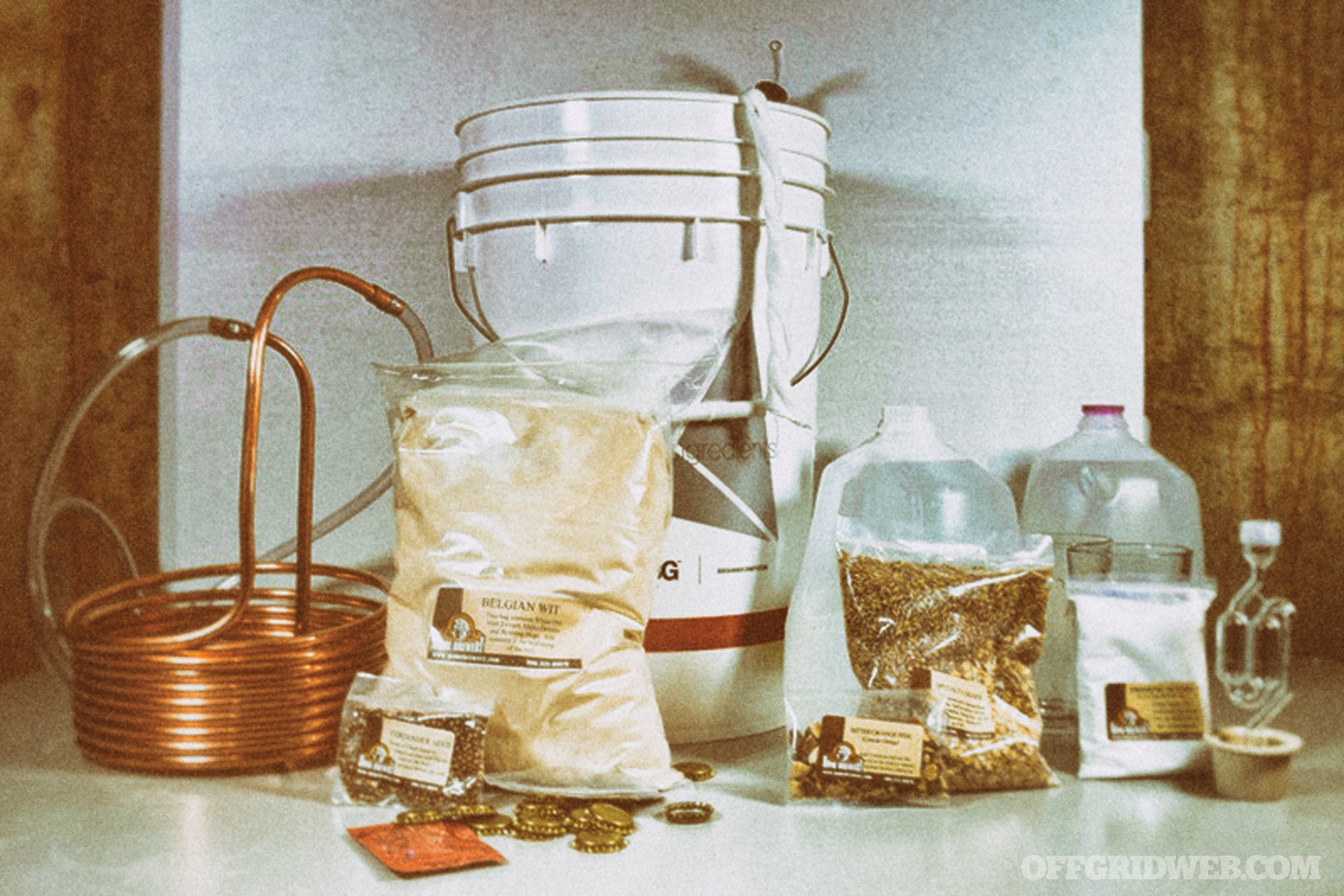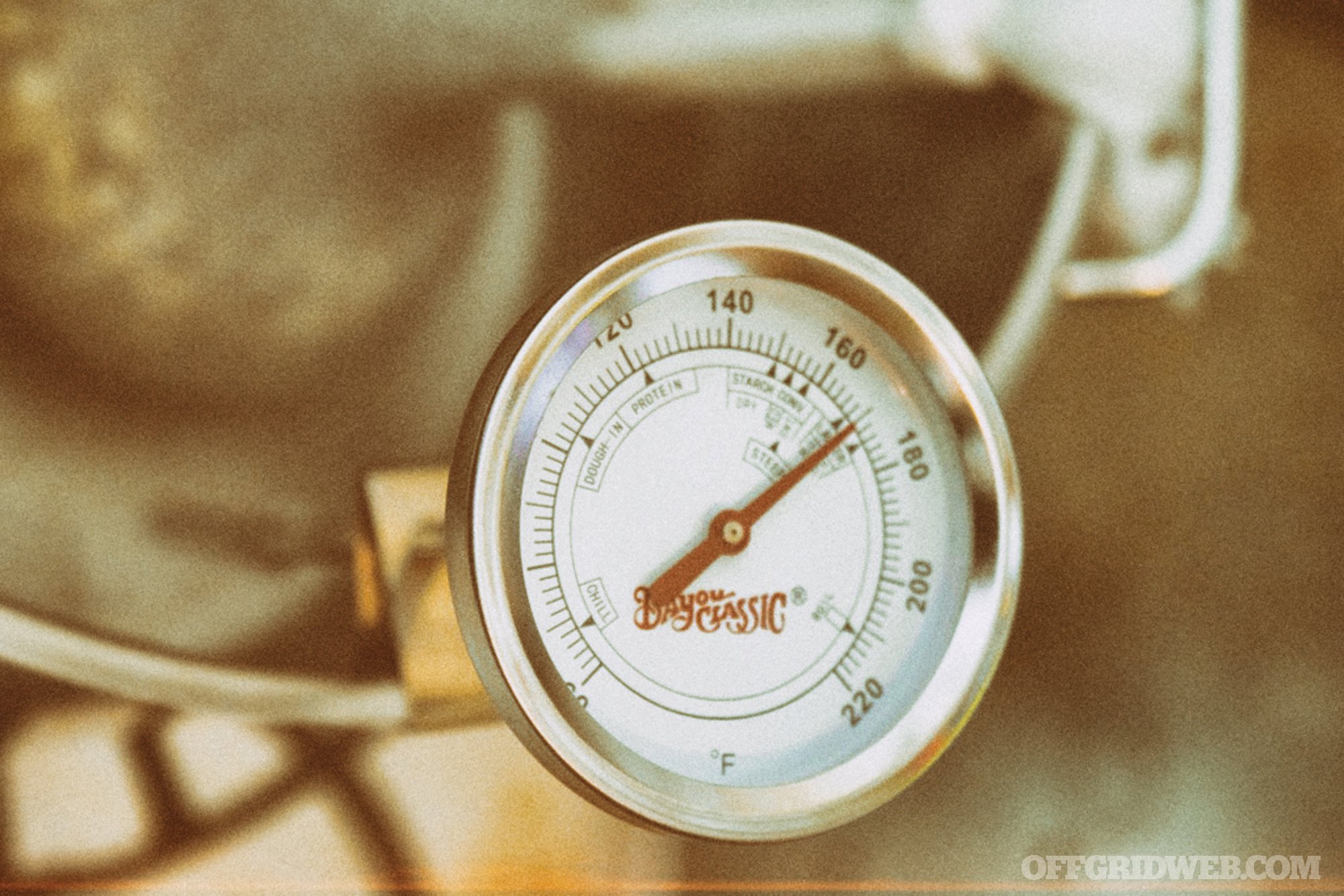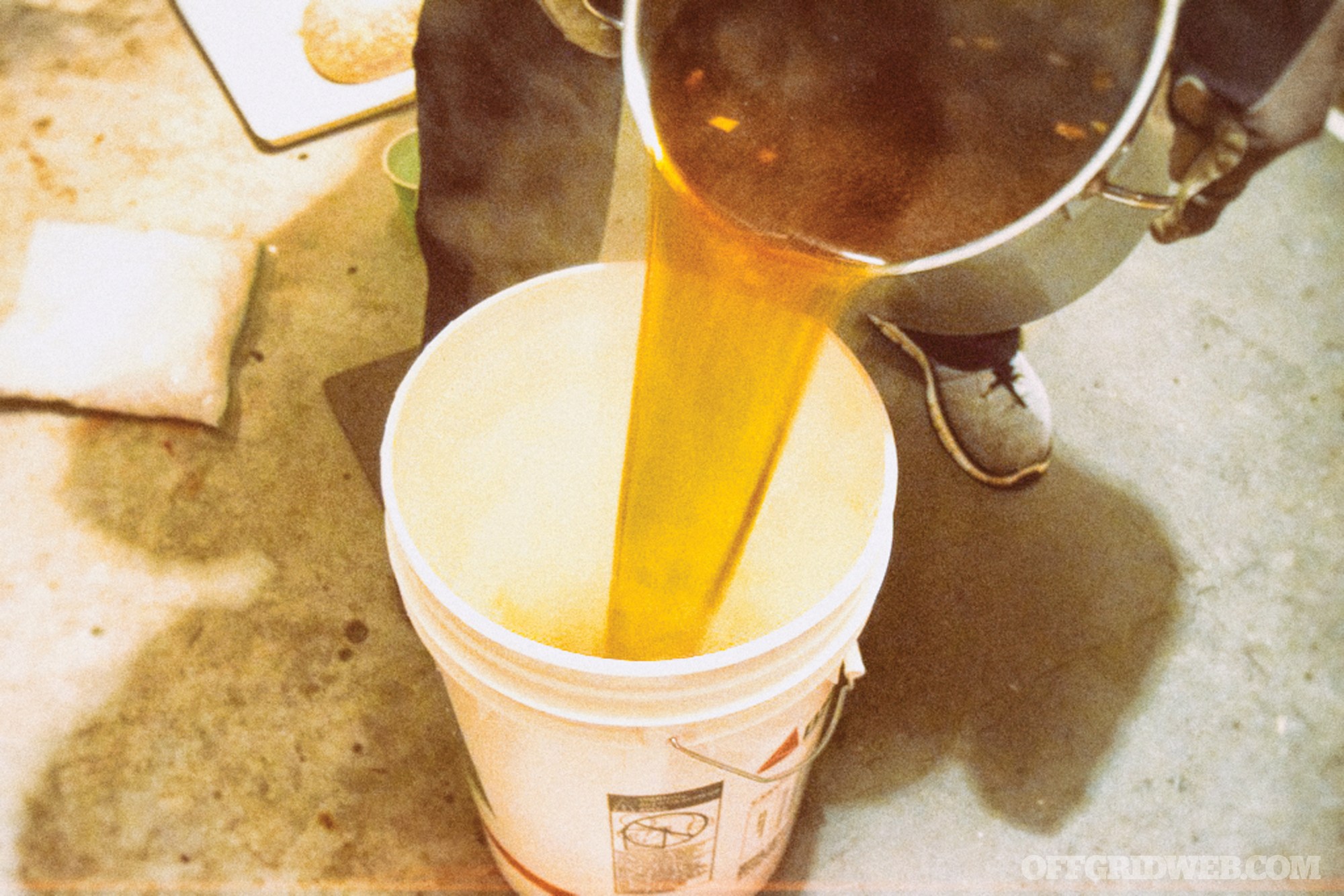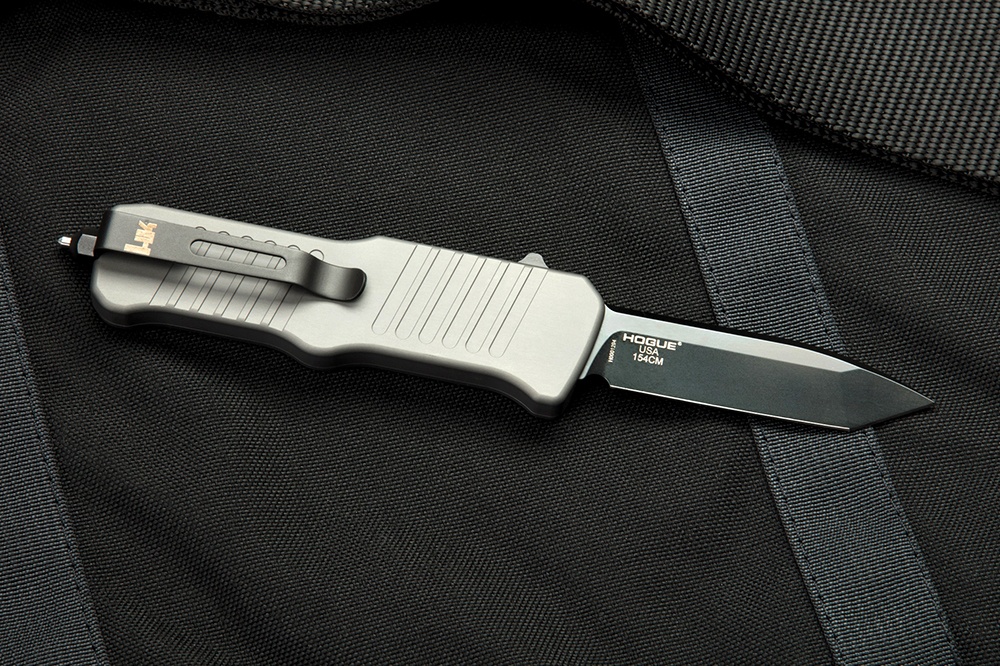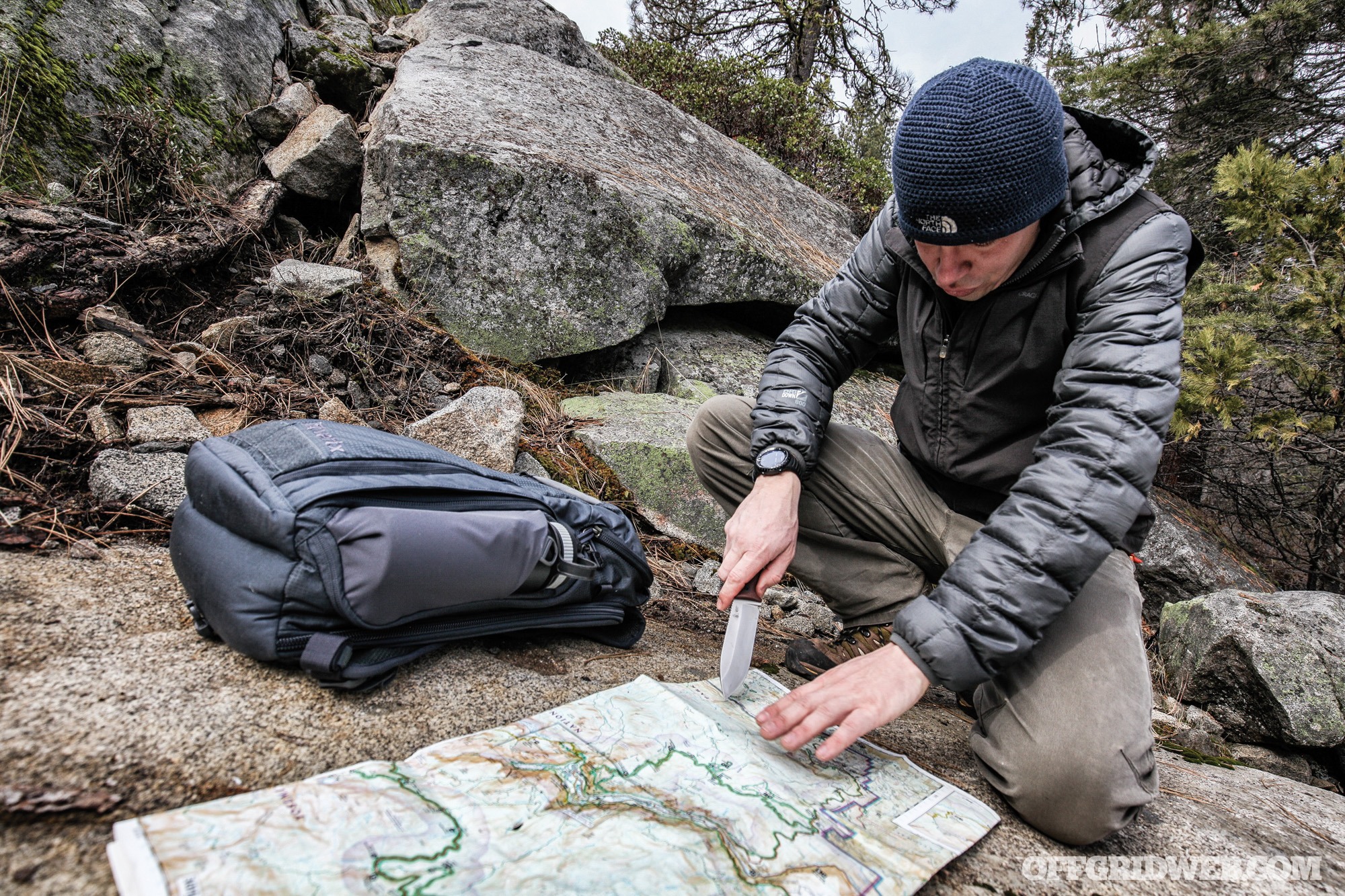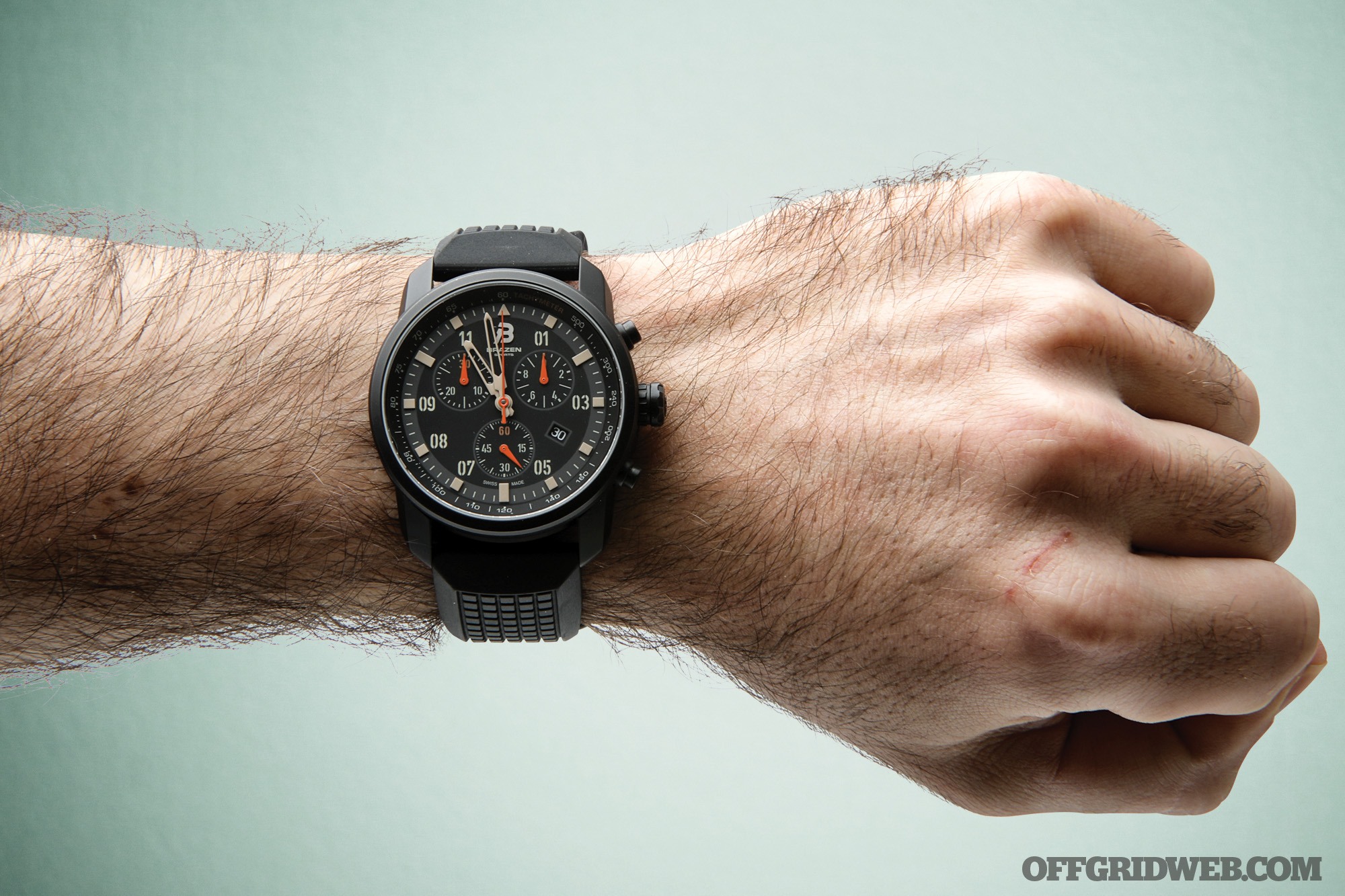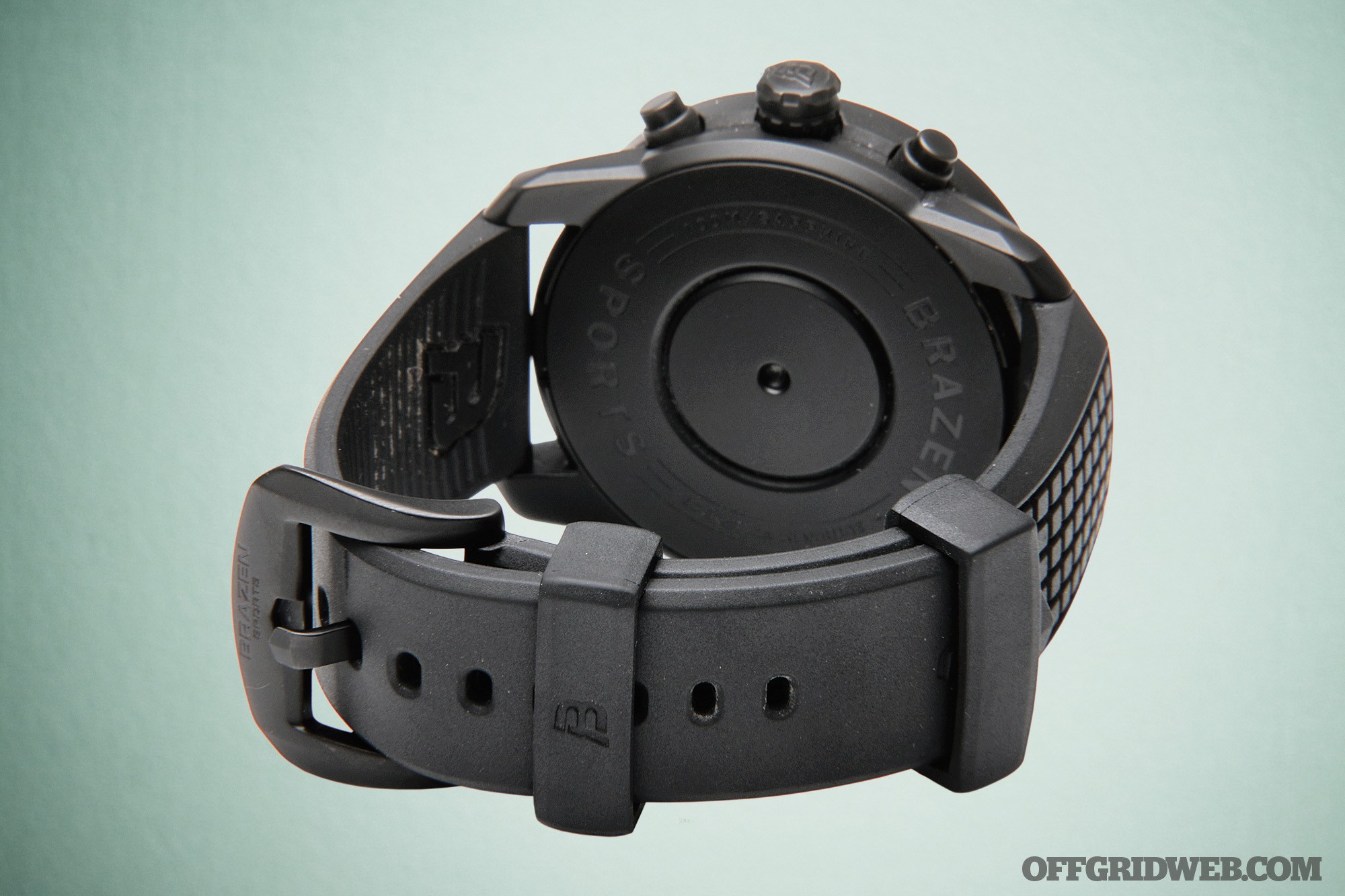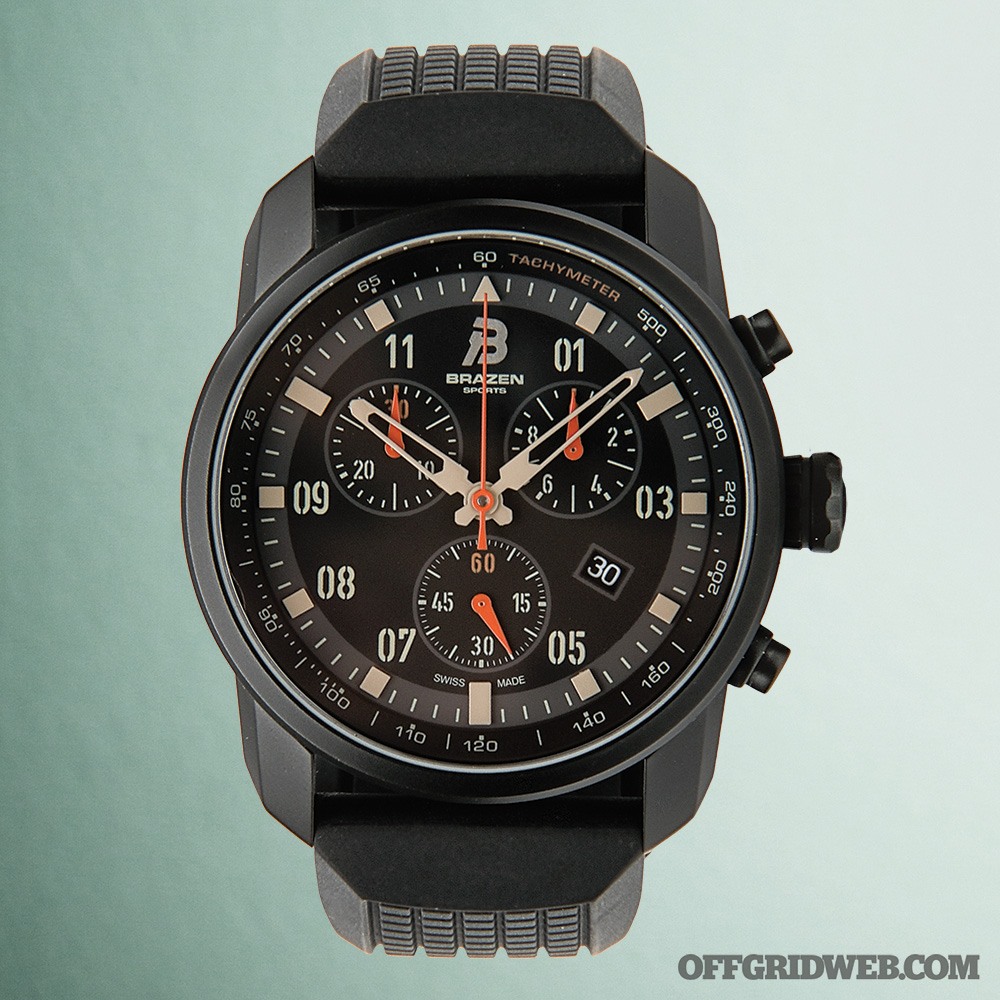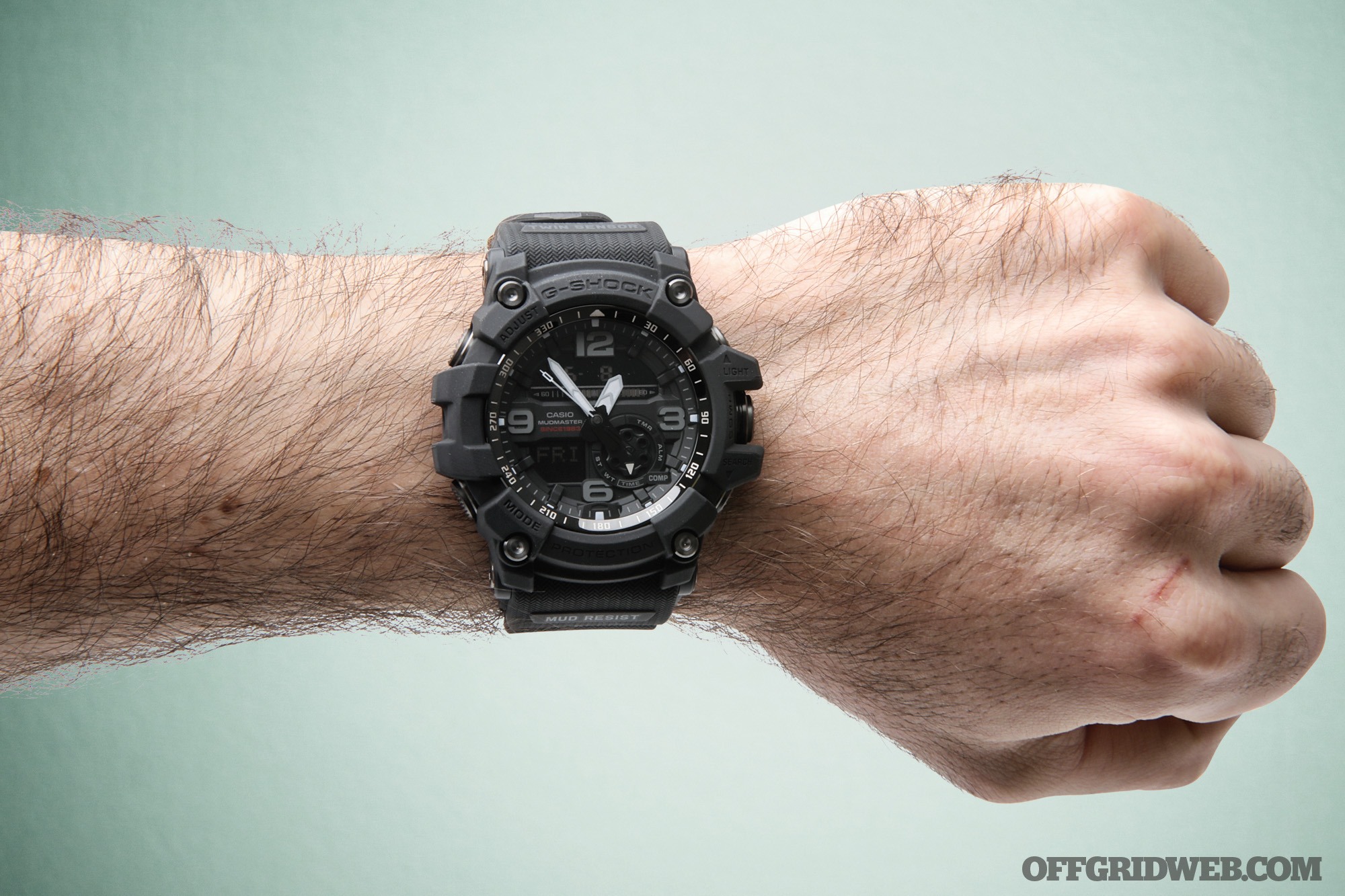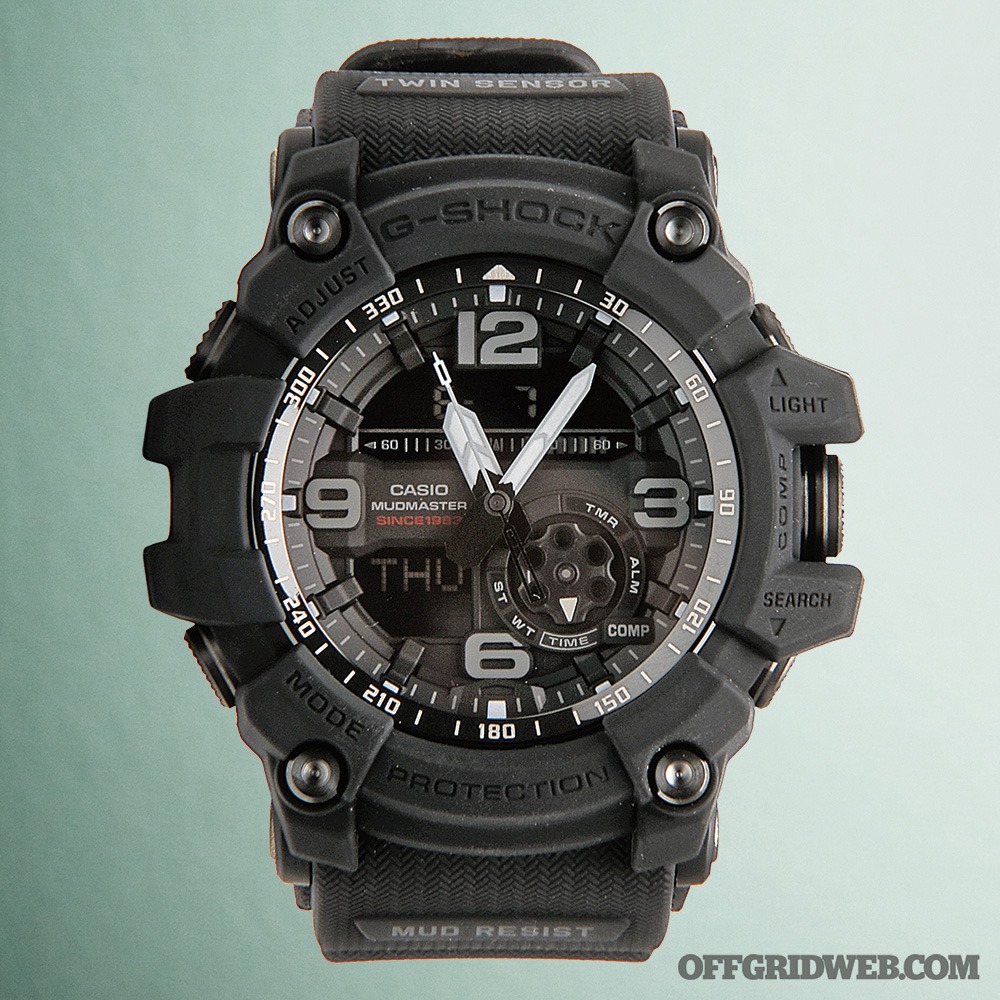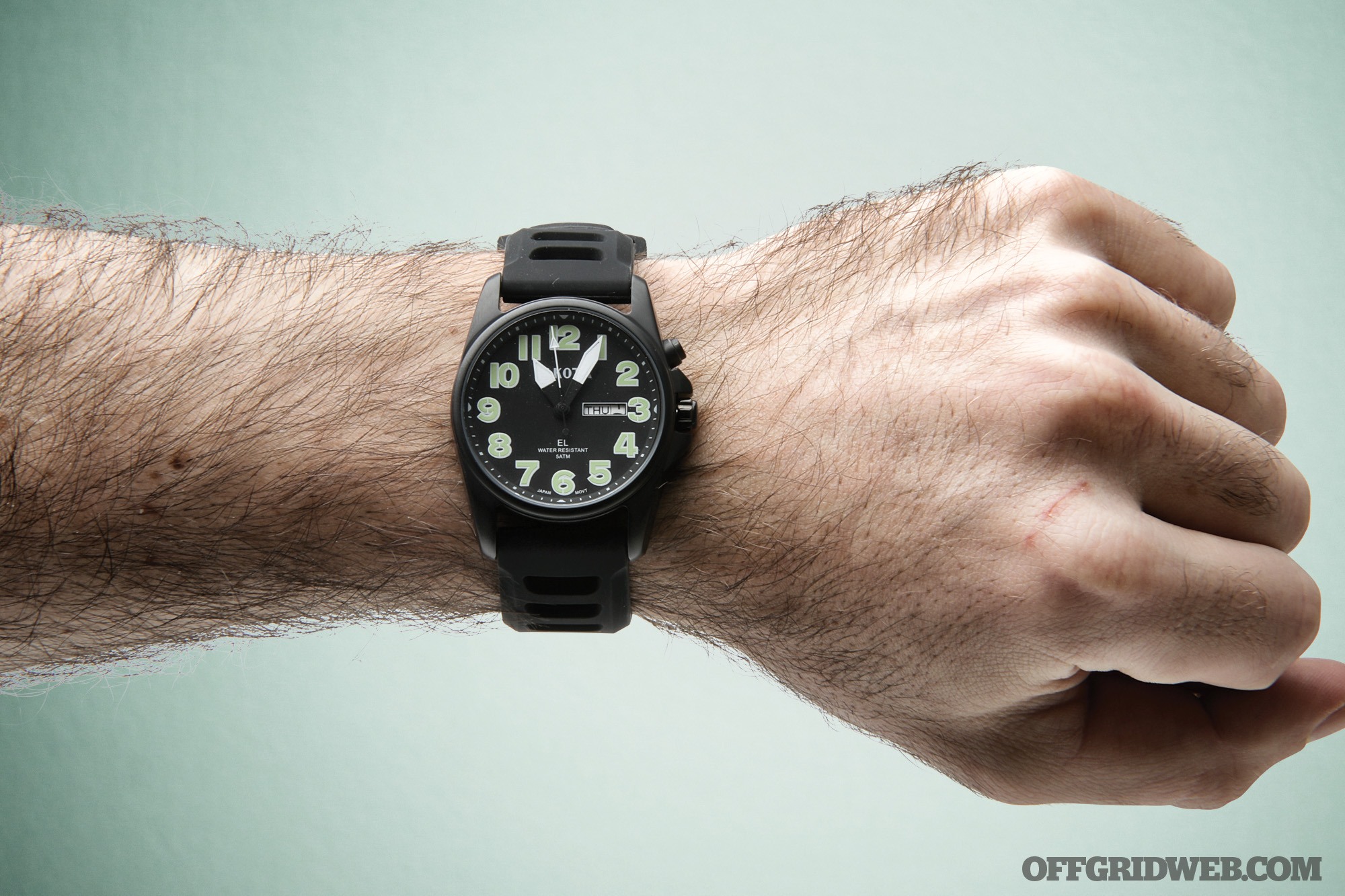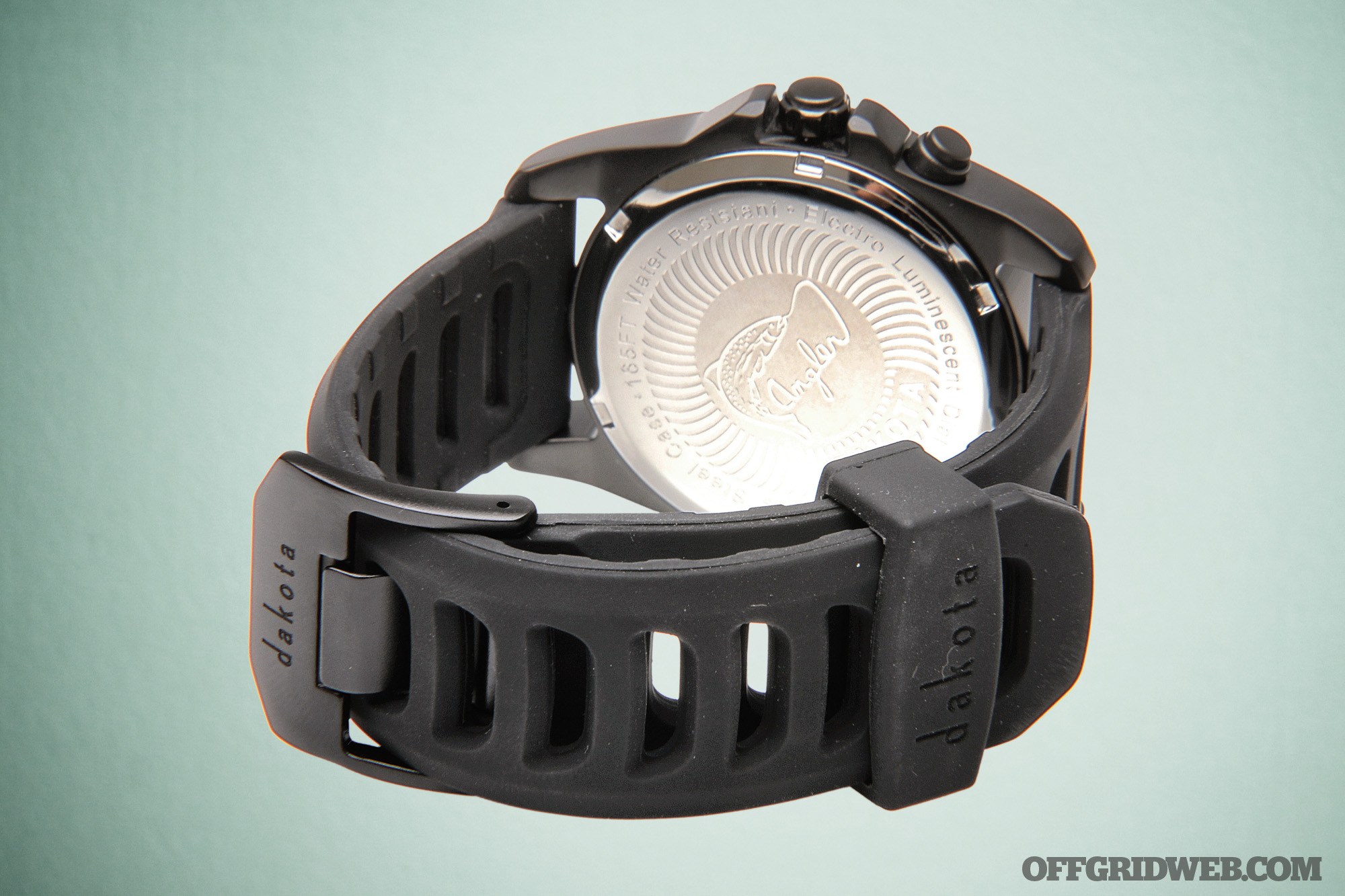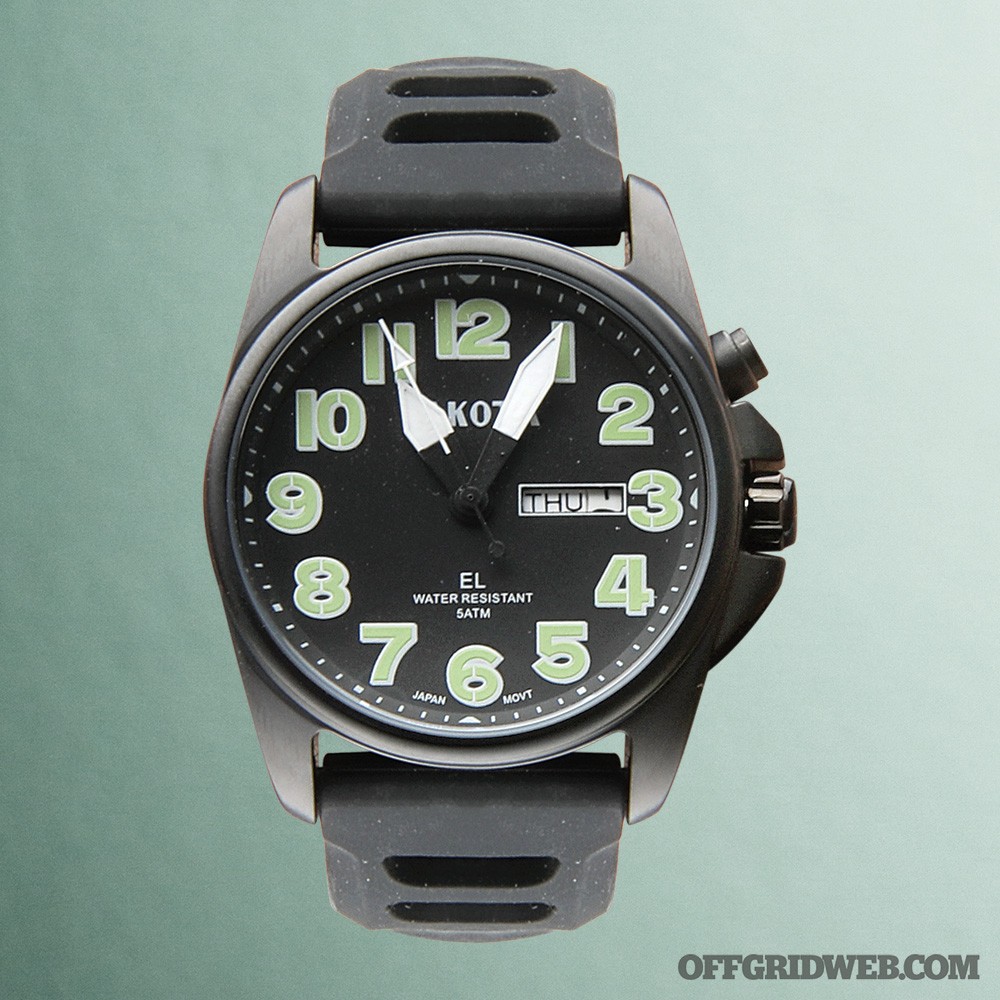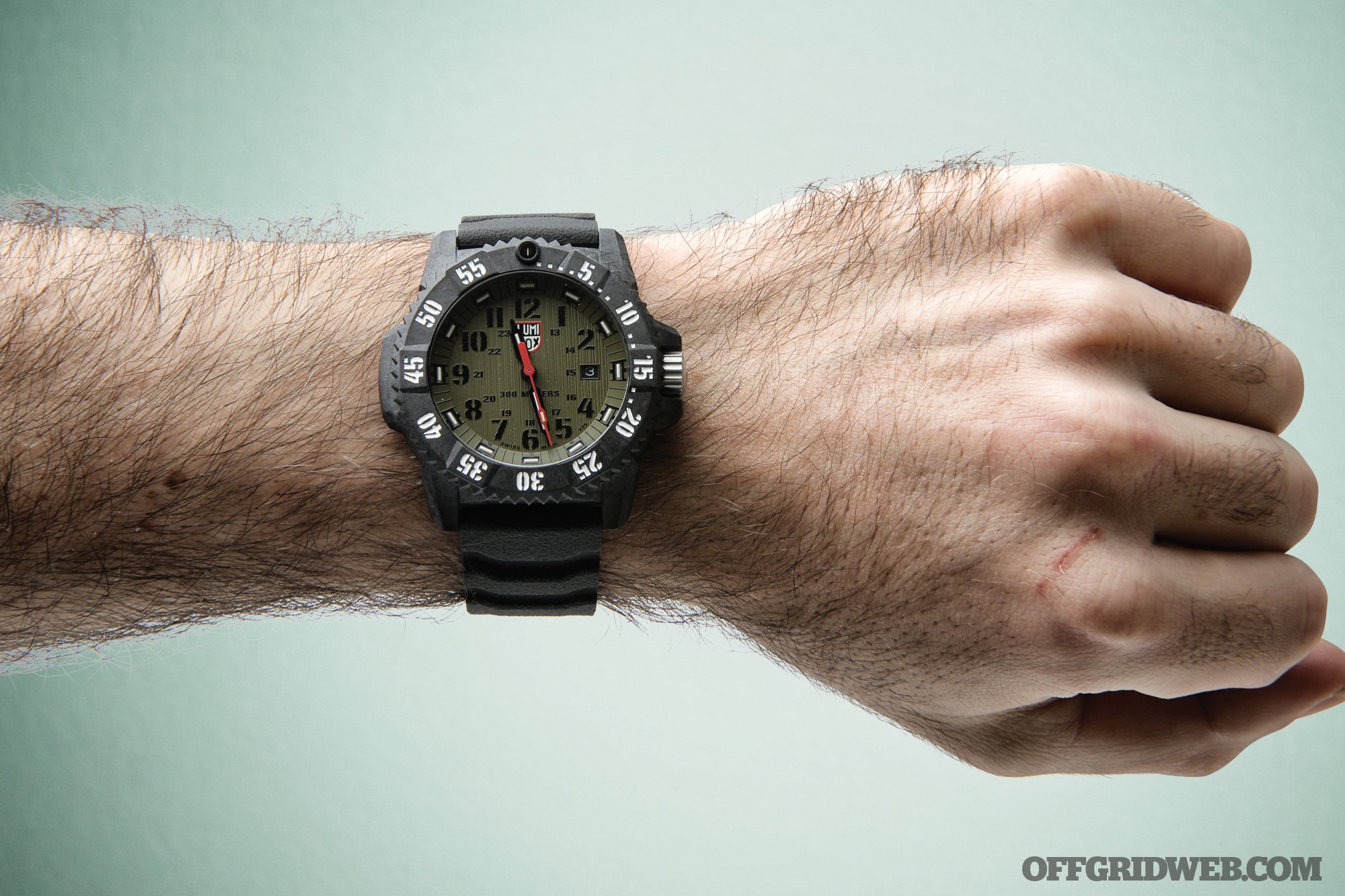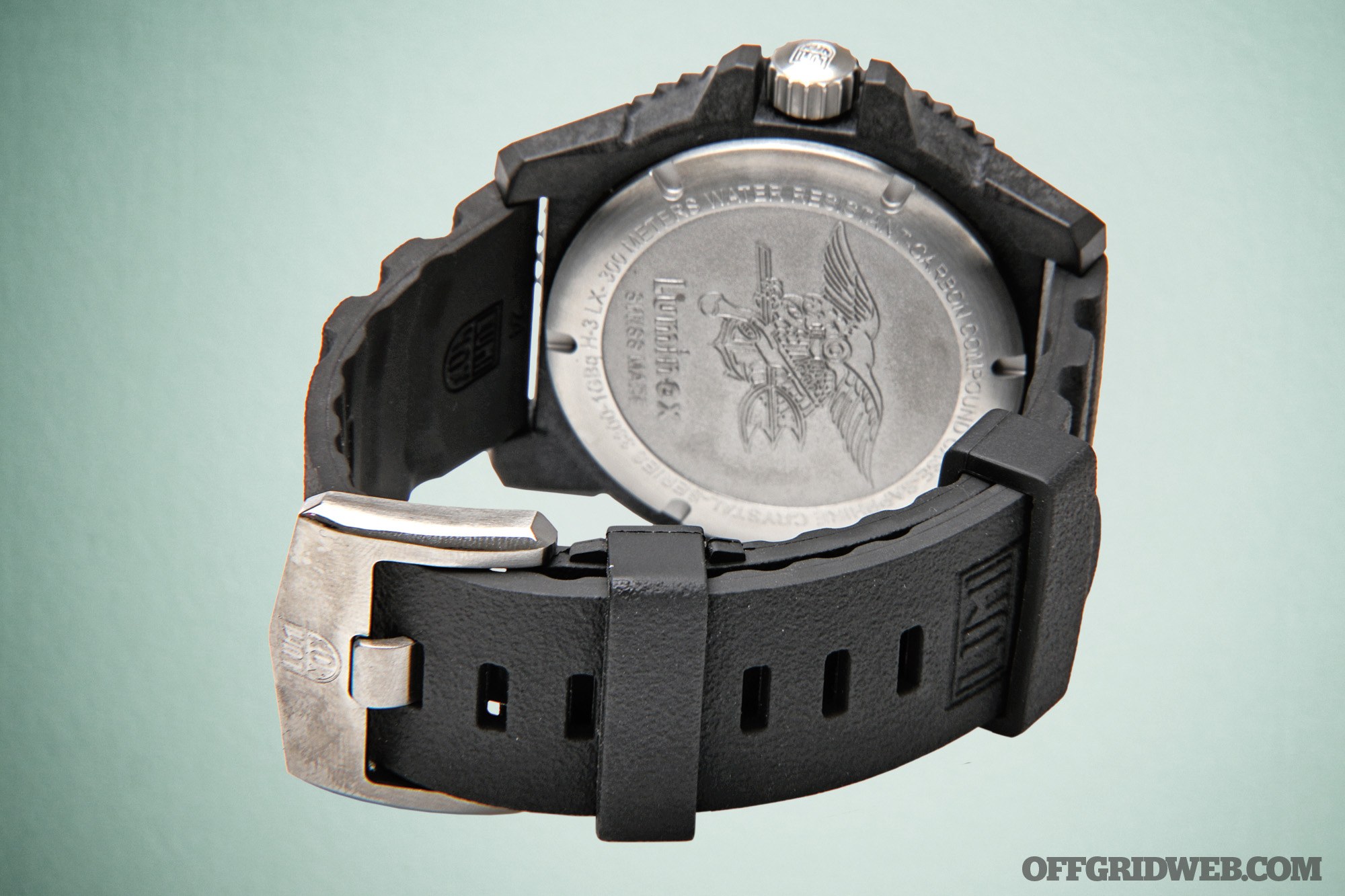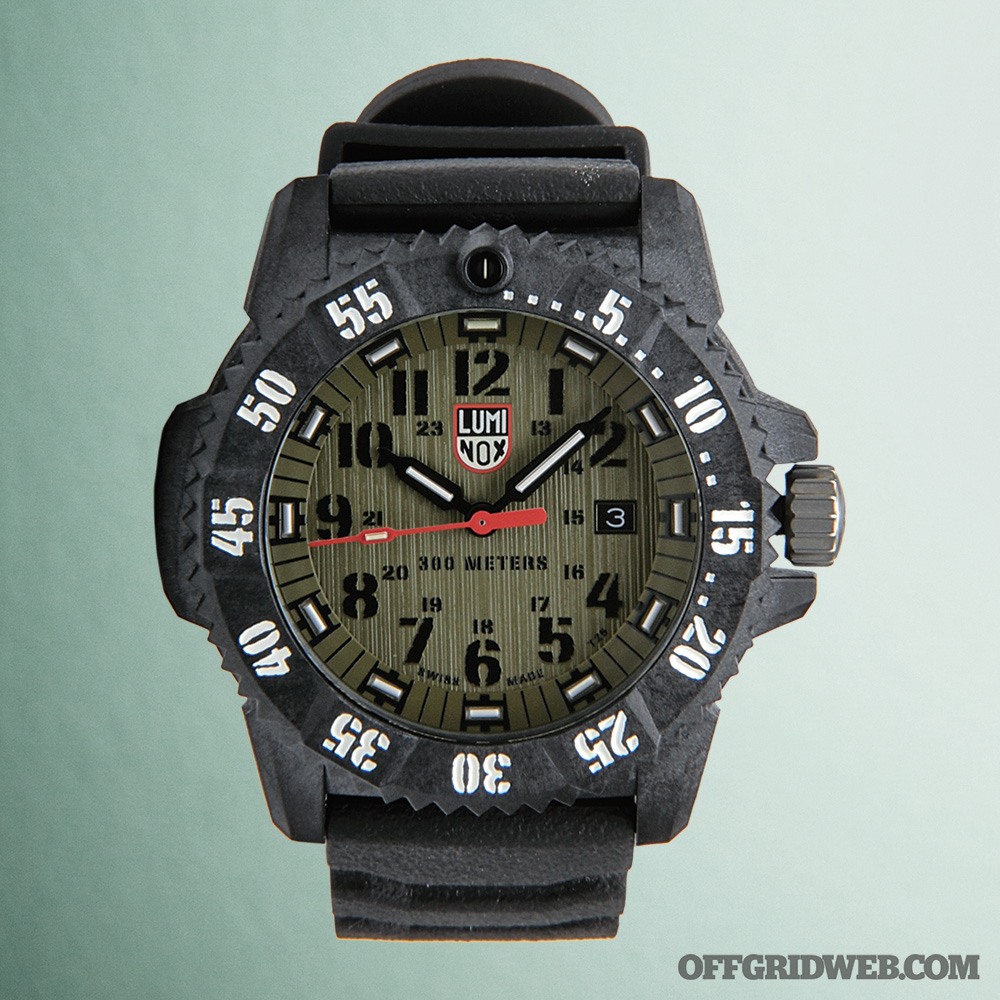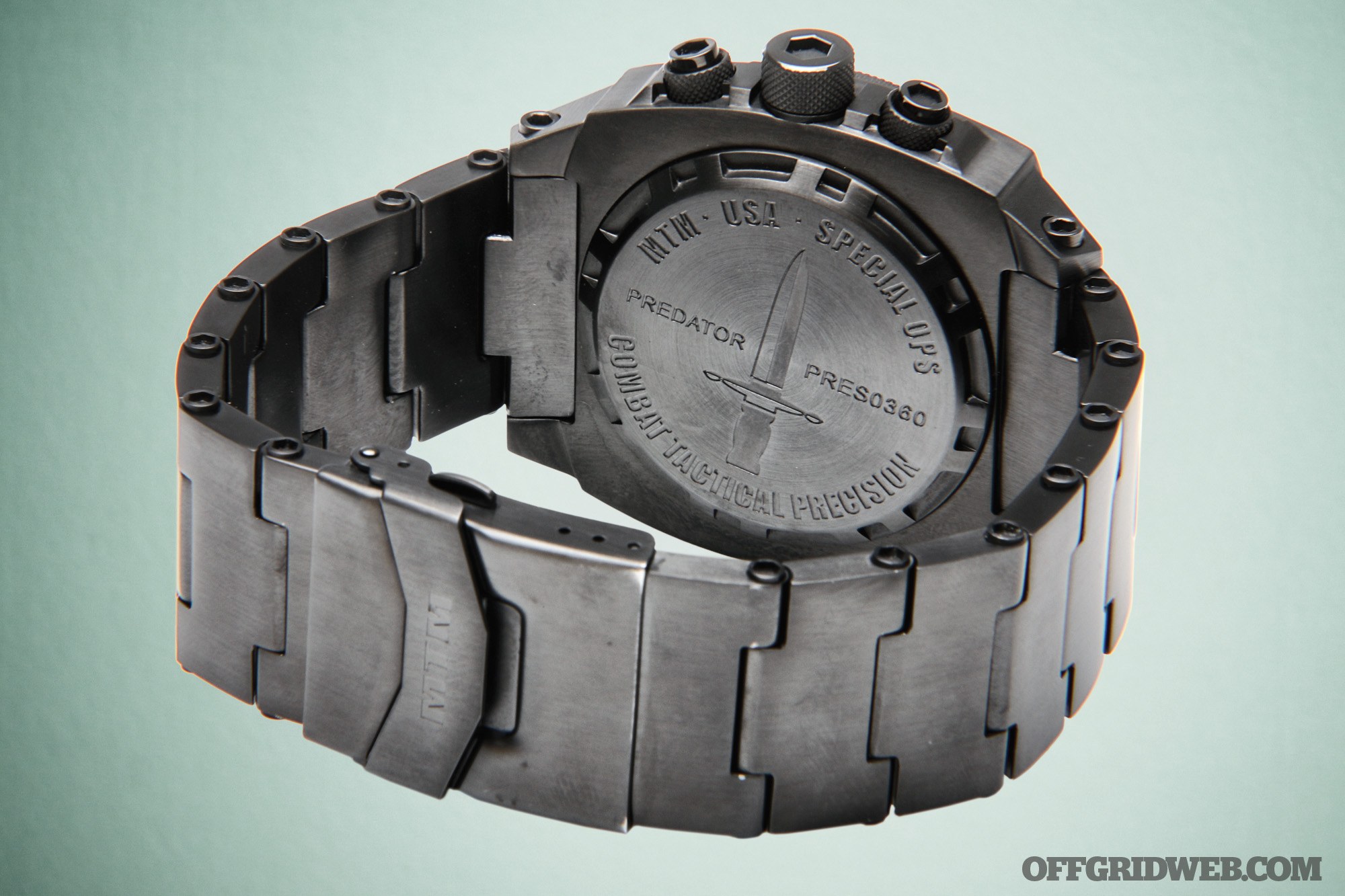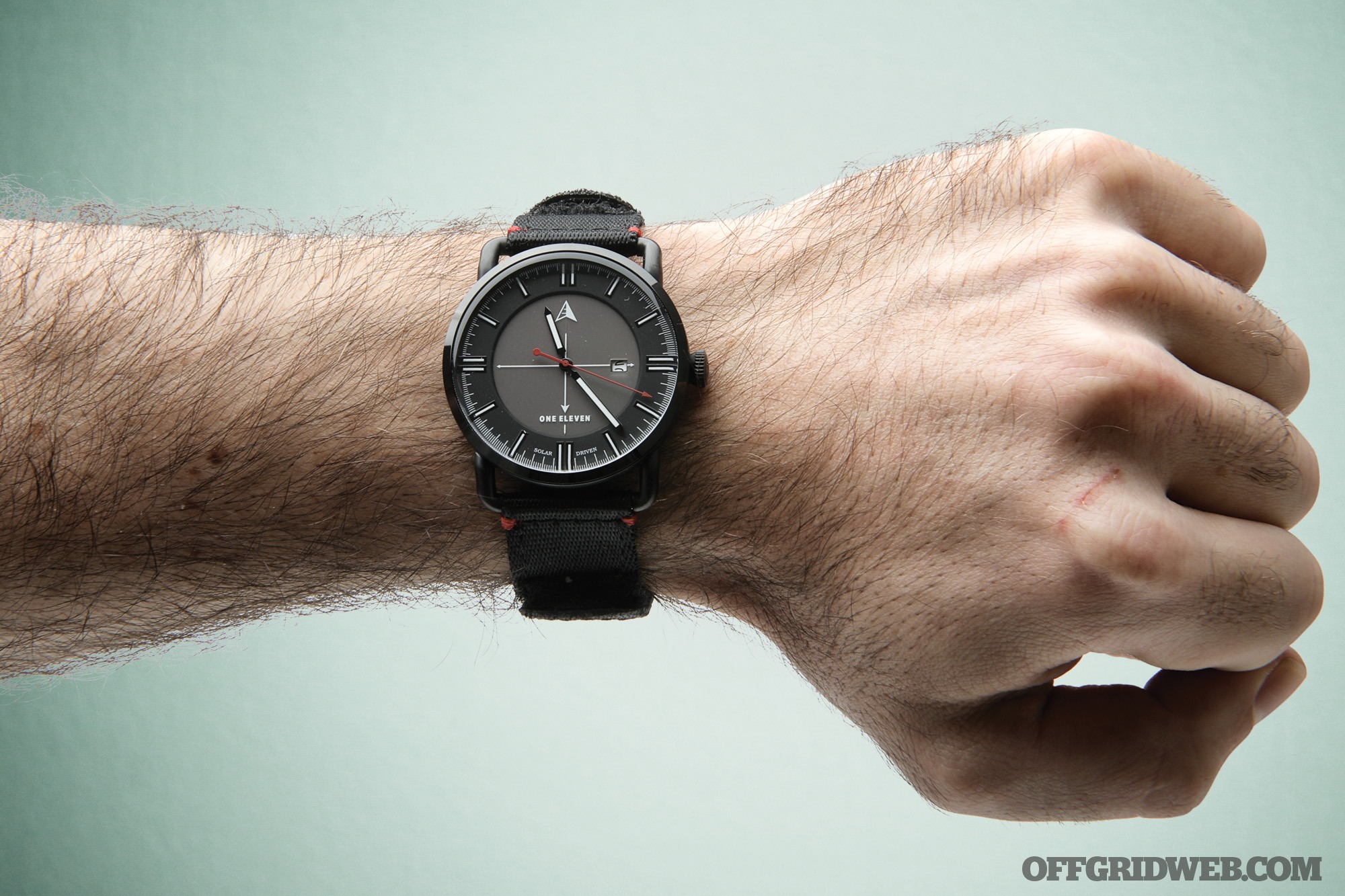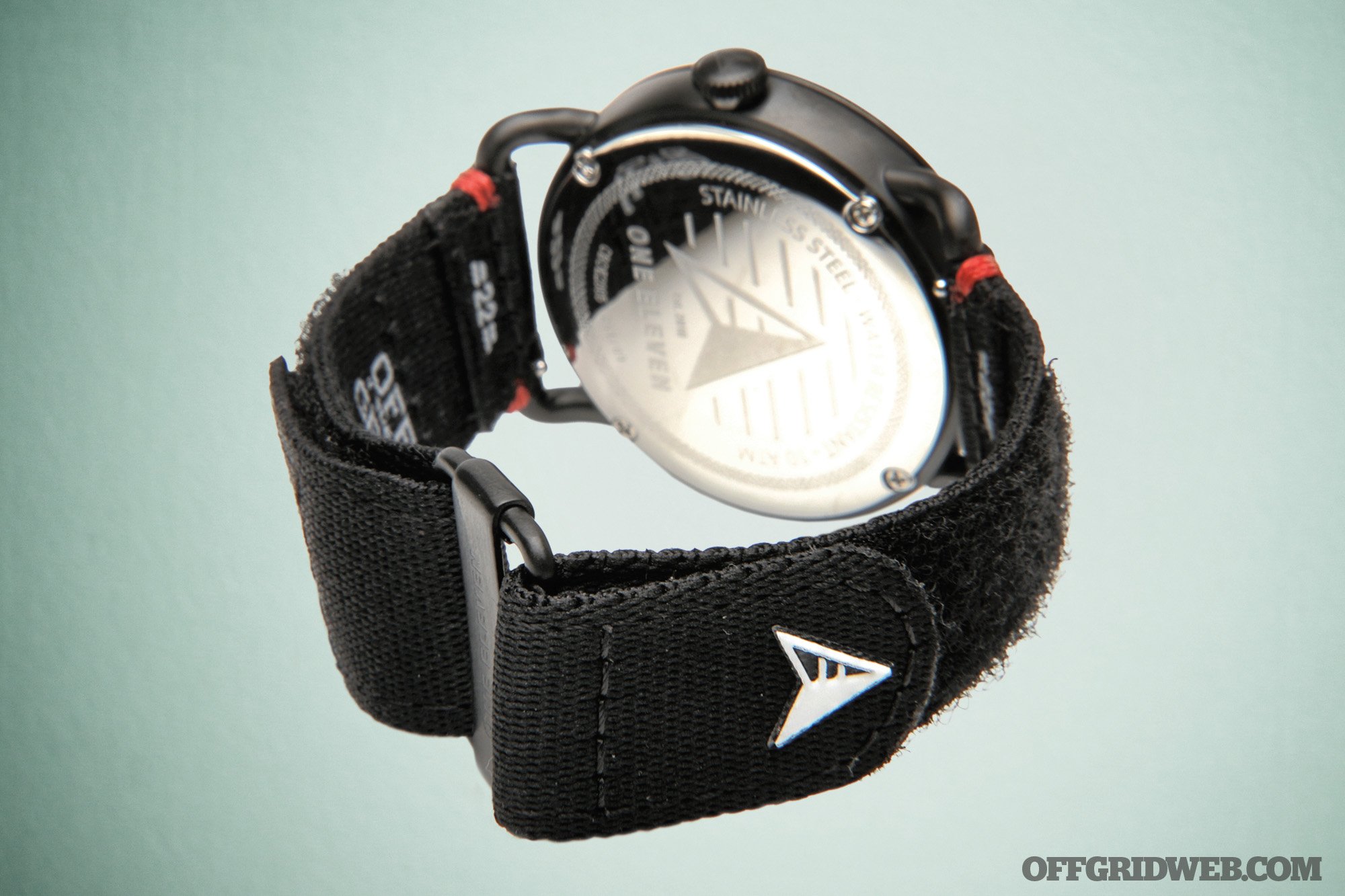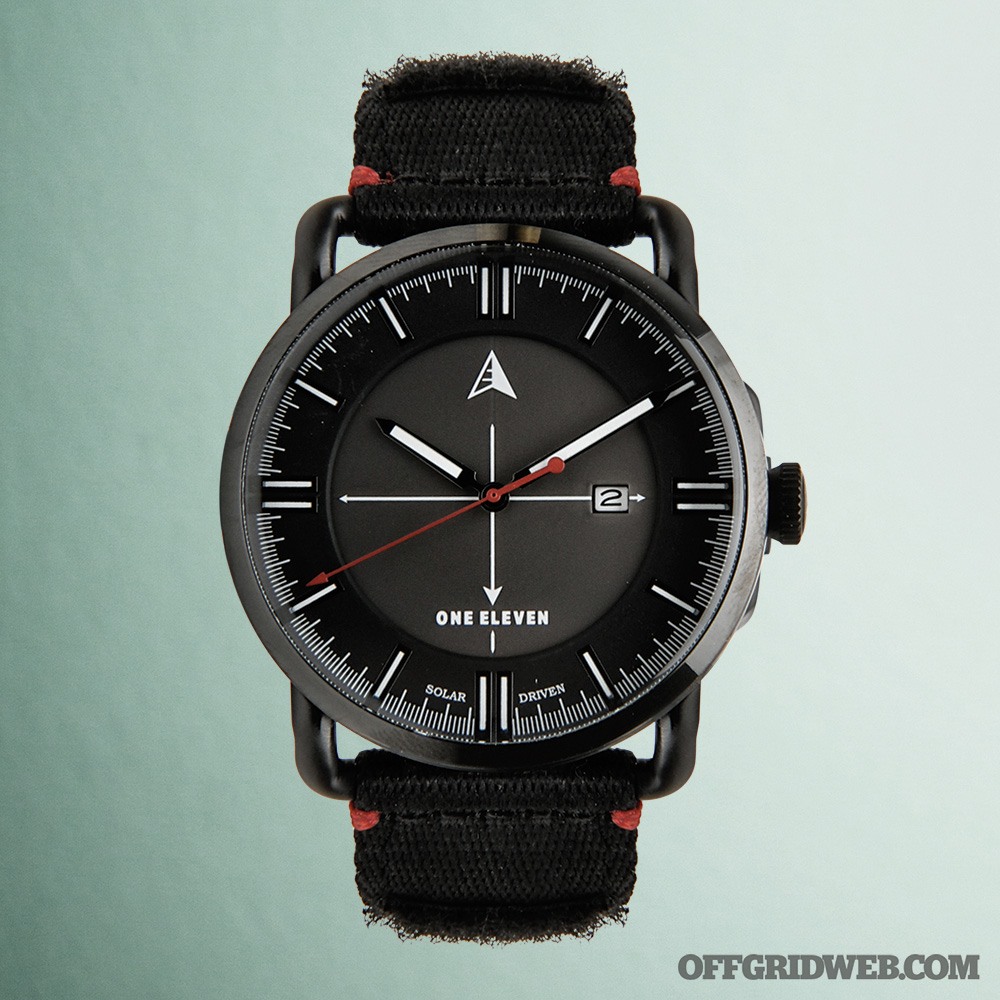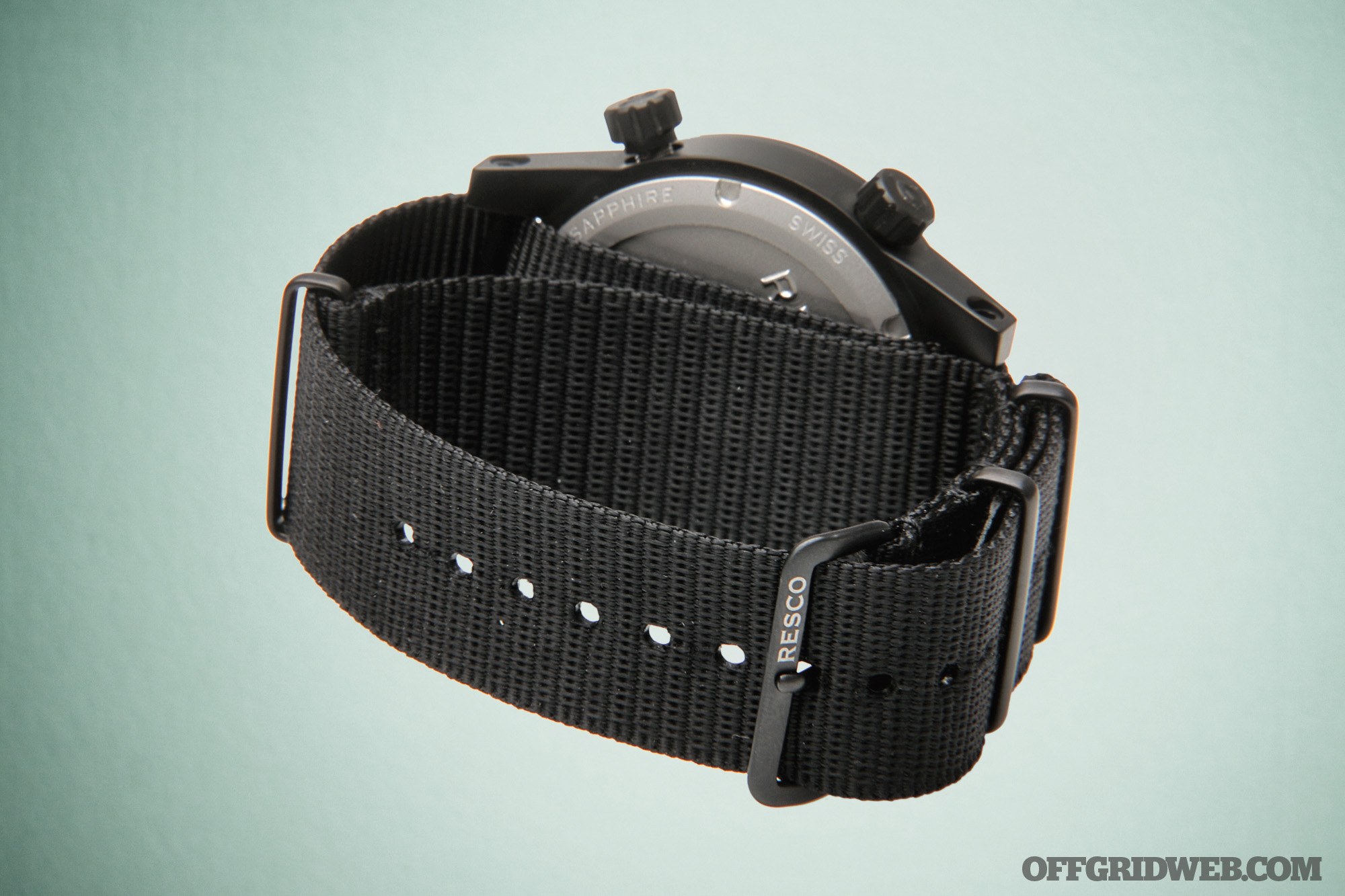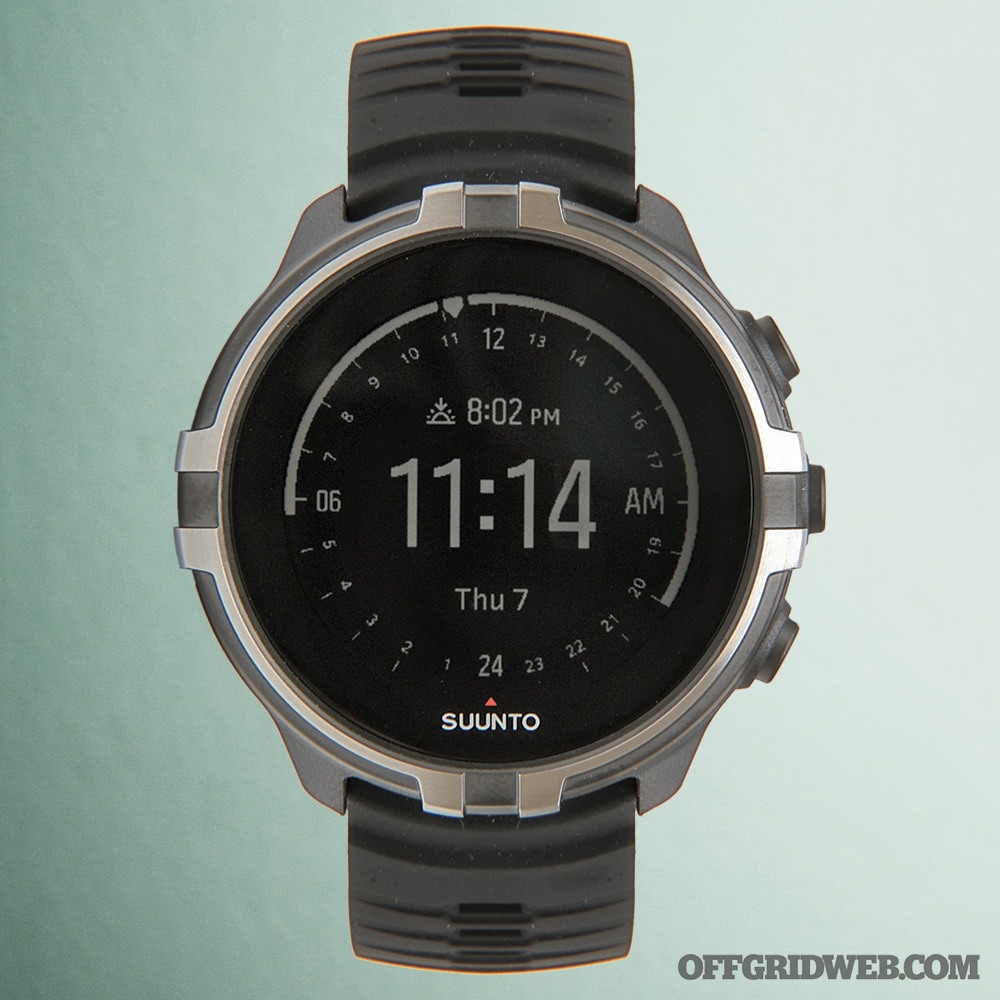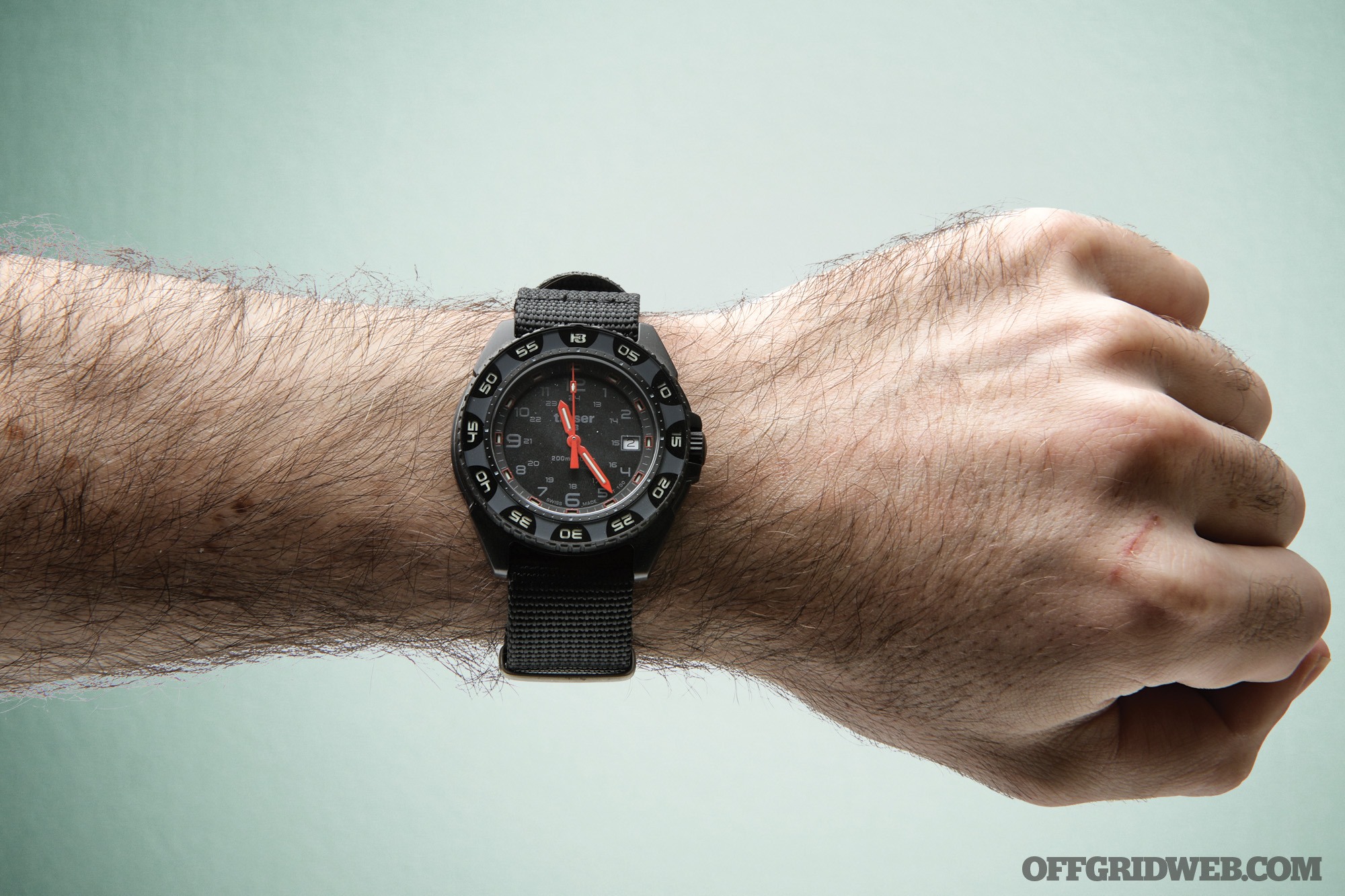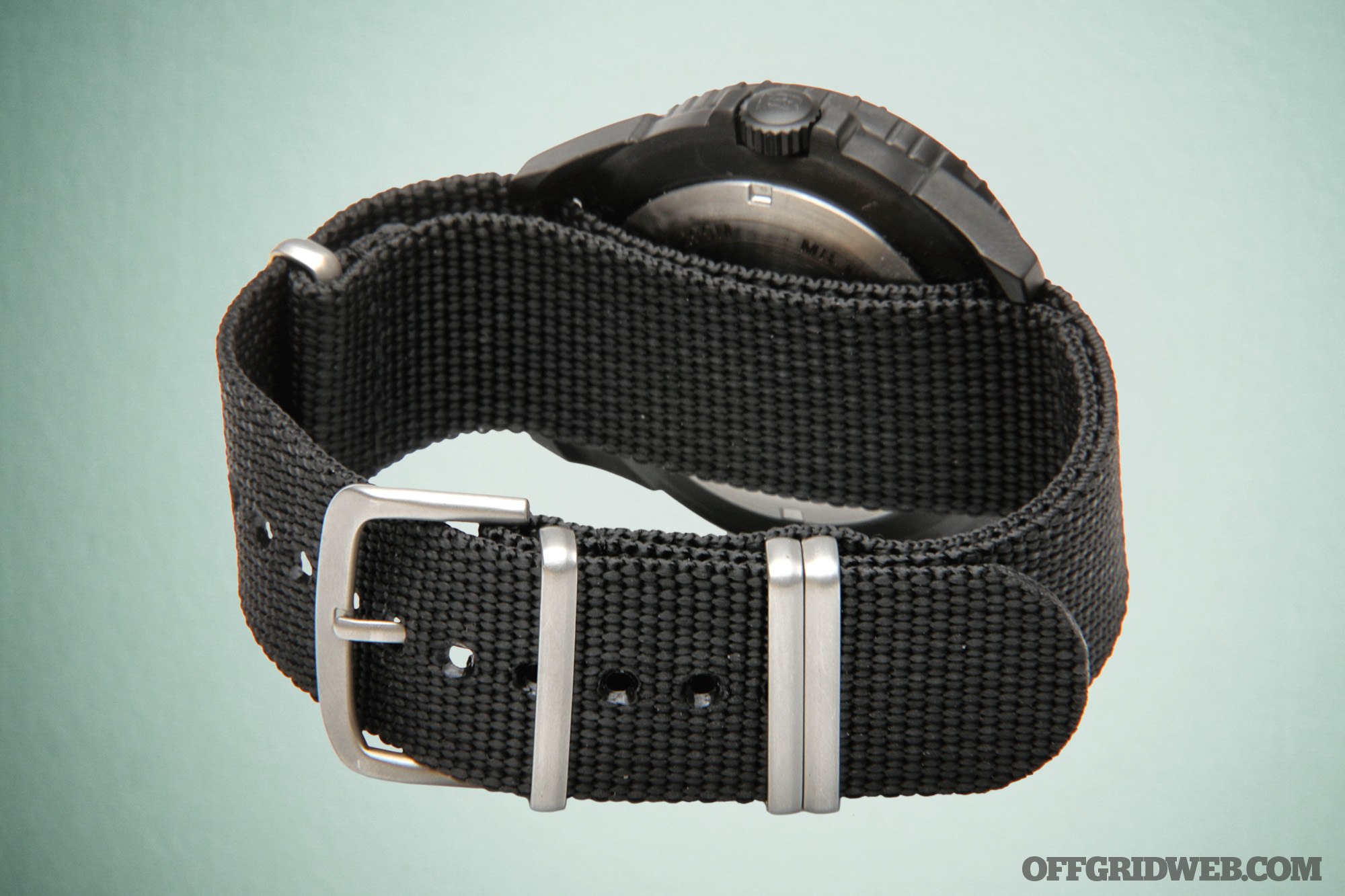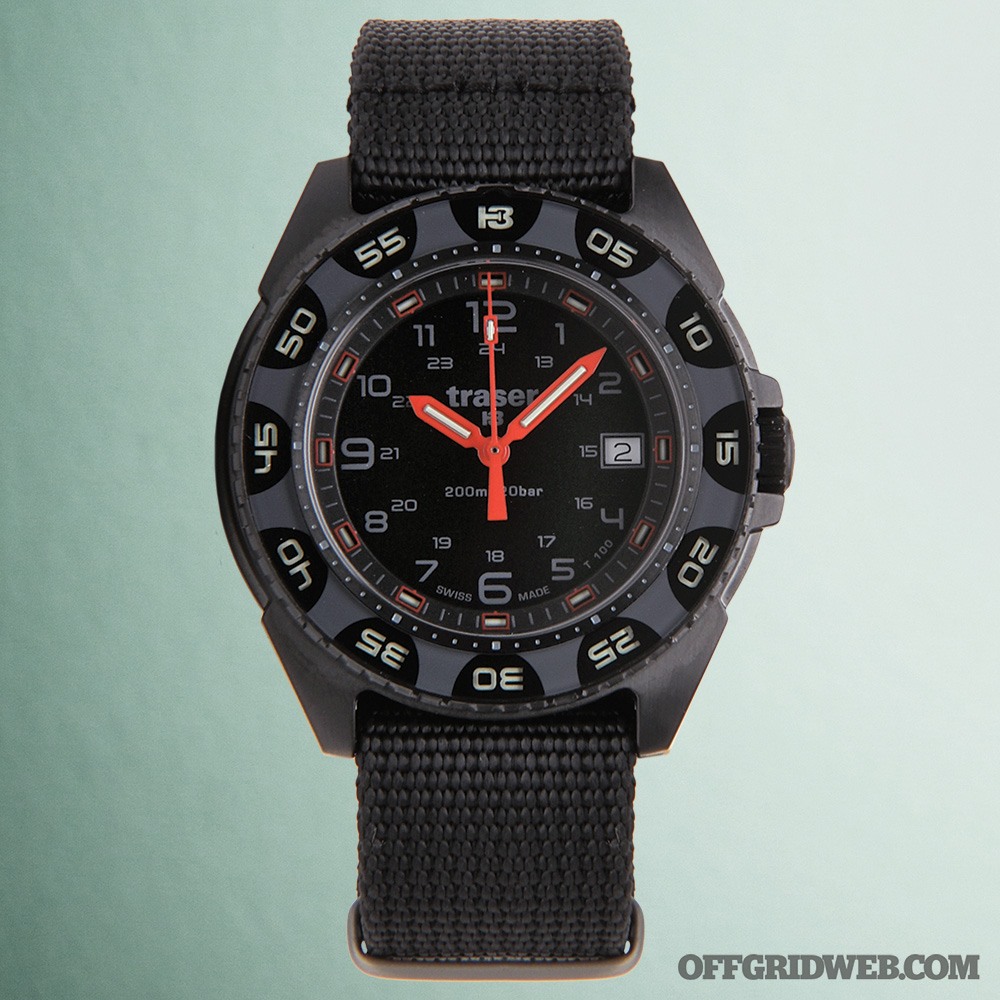In This Article
Illustrations by Joe Oesterle
This article originally appeared in Issue 9 of our magazine.
Warning: The exercises and content expressed in this story are for illustrative purposes only. Consult a medical professional before trying any physical activity or nutritional plan.
In an instant, you find yourself in dire straits. It’s the end of the world as we know it… yet your kids feel fine. No, it’s not because they’re playing Minecraft, but they’re occupied nonetheless.
Disasters can really take a toll on the morale of a group, especially the kids. Keeping your kids positive and active is key, especially when they could very well have no electricity, let alone be able to bury their faces in a video game. What they can enjoy, however, are some different types of games — games that will make them fit for a post-apocalyptic world.
Think Like a Kid
Sure, you may be able to get your 10-year-old to go out on a run, but that’s not what we’re concerned with here. Kids typically don’t have the attention span or a firm grasp of the benefits of exercise to follow a regular exercise program. Depending on their age, they may not have even developed enough to be put through one.
Regardless, for them, it’s about enjoyment. Are they having fun? Are the exercises or activities challenging, but still achievable? There’s a fine line between what’s fun and what’s boring. Making exercise a game is a great way to keep their spirits up, while also keeping them in shape for what the future holds.
It shouldn’t come as a surprise how kids react when given too much idle time. So, let’s use that time to create some activities they can follow that will both prepare them and entertain them for the worst of the worst.
Mention exercise to kids and they’re going to scream, “Boooorring!” So, make it fun for them. All kids love to play, so make it a game. If you make it work, you’ll have to force them to do it. When you make it fun, you’ll have to force them to stop doing it.
Kids can learn a lot through movement and playing. Especially at younger ages, they’ll be able to build both fine and gross motor skills, critical for their development. The key here is to make the experience of exercise fun. There may be times when sitting still and quiet for long periods of time is necessary, and possibly crucial, so give them a chance to let loose when the time is right.
The Benefits
Physical fitness can help kids:
- Develop social skills and teamwork
- Improve focus, concentration, and productivity
- Become more active when they become adults
- Reduce the chance of injury
- Develop fundamental movement skills that will set the foundation for the rest of their lives
Use Your Head
Contact Games: While full-contact games can be fun, the risk-to-reward ratio doesn’t quite add up. Avoid games that may lead to broken bones or other serious injuries. Kids are resilient, yes, but good luck recovering from a broken bone without a doctor. Be smart!
Hot Weather: Keep the weather in perspective when creating these games for your kids. In warmer weather, plan to have more water handy and make them dress appropriately. Take more frequent rest breaks as well, preferably in a shaded area.
Cold Weather: Consider the lengths of time the kids spend playing. Set up a little warming station if you can. Otherwise, allow them to take frequent breaks to warm up, if need be. Again, have them dress appropriately.
Ages 3 to 5
For kids 3 to 5 years of age, the main focus for anything exercise related should be on very basic movements such as crawling, jumping, hopping, or running. A very simple way to incorporate this is follow the leader. In this version, however, we’ll be getting a little creative. The movements and exercises you’ll be having them do will be very important to their development and survival in unknown terrain.
Follow the leader is a great game for younger kids because it allows them to have fun while building fundamental movement skills. It can be used to your advantage in situations where you need to evacuate an area without the kids becoming aware of the severity of the situation. It’ll be easier to maintain their attention on the task at hand because it’ll be a familiar game that they enjoy playing.
Traveling longer distances through wooded areas also provides great opportunities to make a mundane task fun for kids. Incorporating specific movements like crawling under a tree limb, using a fallen tree as a balance beam, or hopping over rocks provides some levity to a bleak atmosphere. The structure should be very loose with kids this young. It’s best to let the kids have fun with this, and see how creative you can get with your surroundings. Focus on spans of 20 to 30 minutes. That’s a great amount of time to keep their attention. Some key activities to incorporate in follow the leader include: crawling, hopping, climbing, running, and balancing.
Ages 6 to 9
Kids who are 6 to 9 years old are better able to take direction, but we’ll still keep it to a minimum. We’re going to build on what we would do with younger kids by focusing on more fun and athletic movements that incorporate body awareness, coordination, and playing with objects.
We can incorporate athletic movements with kids by playing Red Light Green Light, which will be fantastic in teaching them body awareness and coordination. This age-old game has kids lined up at a start line facing the finish line. When you say, “Green light,” everyone moves toward the finish line. When you say, “Red light,” they must immediately halt. Anyone still moving is penalized. Follow the normal rules of the game, except make them do 10 jumping jacks when they move after you say, “red light.” Take the kids through the following movements on a “green light” — knee pull, butt kick pull, bear crawl, skipping, lateral shuffling, jogging forward, jogging backward, hopping, and broad jumping. Section off about 10 to 20 yards of space, and have them complete each movement for about 10 yards, so if you only have 10 yards of space, have them go to the end and back. Limit overall time to about 30 minutes so they don’t get bored or lose interest.
Well-supervised sorting-and-gathering games are great to play with kids at this age, and it can really help out with our scenario. Pick smaller objects and make a game to collect as many of something as they can find. Make it a timed game, so they’ll move more quickly and get the exercise benefit. Some things to consider: sorting or collecting cans of food, gathering dry leaves or brush for kindling, gathering pieces of fruit or berries, sorting articles of clothing, or anything else that would be useful to you and your group. Again, stay within 30 minutes in length to keep their interest.
Ages 10 to 12
Once you hit the ages of 10 to 12, you can start getting a little more technical with what you have the kids do. They can follow directions pretty well, so we’ll take advantage of this. Keep the timeframe to about 45 minutes to get a great exercise benefit, but not tire them out too much.
Relay races are a great activity for kids this age to complete. Our OFFGRID-style relay races will kill two birds with one stone. We’ll improve the kids’ fitness, while also helping you or your whole group. Take advantage of this fun game when moving smaller supplies, loading or unloading vehicles, or anything that would require multiple trips to and from something. Have each kid complete one trip to and from the destination, retrieving an object each time. Have them start a good distance (about 20 yards, if possible) away, so we can get them to run most of the time. This can be played with as little as four kids, with two teams of two. Generally, though, the more kids the better.
Tag incorporates many athletic abilities, and circle tag is a great way to have fun in a more confined space. The goal here is to have at least three kids in a huddle, holding on to each other at the shoulders, waist, or hips. One kid is outside of the huddle trying to tag the designated kid in the huddle. The kids in the huddle work together to keep him or her from being tagged on the back. The person who was tagged becomes “it,” and the one on the outside now joins the circle. Play in 30-second intervals, or until the kid gets tagged. There are so many great things being tested here, including agility, acceleration, teamwork, coordination, and lateral movement.
Ages 12 to 15
Adolescents are mature enough to understand the benefits of exercise, and they can take instruction well enough to incorporate some more technical concepts. In addition to the games for 10 to 12 year olds, there are several others that preteens and teens in this age range can benefit from.
A little more structure is possible for these kids, so taking them through a warm-up is a good idea. We’ll take some of the movements found in the 6-to-9 age group to serve as the warm-up. So, put together, the warm-up will look like this: butt kick pulls, cradle walks, toy soldiers, forward skip, lateral shuffle, lateral skip, carioca, forward jog, backward jog, and diagonal leaping. Have them complete eight to 10 repetitions of each of the movements listed.
Butt Kick Pull — 10 reps each, 1 set
Cradle Walk — 10 reps each 1 set
Toy Soldier — 10 reps each 1 set
Forward Skip — 10 yards, 1 set
Lateral Shuffle — 10 yards each, 1 set
Lateral Skip — 10 yards each, 1 set
Carioca — 10 yards each, 1 set
Forward Jog — 10 yards, 1 set
Obstacle course runs are a perfect way to get kids involved and creative in their own playing, and it’ll help them with several skills, such as agility, coordination, balance, speed, and acceleration. Allowing the kids to help construct it adds to the enjoyment because they’ve had a part in the creation.
Look to put together some of what’s around you to form something resembling a balance beam, small hurdles, objects to weave in and out of, something to crawl underneath or climb over, and a straightaway to get some acceleration and speed work.
Tug of war is another game that can help kids work on some strength and stability of both the upper and lower body. The game is simple. Don’t get pulled beyond the starting halfway mark, or, if you want them to have a lot of fun, make the center pit muddy. It’s always a lot more fun when something’s at stake. There are many things that can be used to play, with a rope being the most obvious and best, but a large bed sheet rolled-up would also work. Again, be creative.
Critical Skills
Boys and girls build skills at different stages of development:
Conclusion
In the end, any way that you can keep your kids upbeat and entertained will significantly enhance their morale and enjoyment. The examples provided here can certainly give you some good information to start, but don’t be afraid to think outside the box and have a good time. Keep things light and free flowing. Remember, the adults can have fun, too. Just because the environment may be stressful doesn’t mean you can’t take a little break now and then to have a good time. Sometimes, it’s the little things like this that will get you through the tough times.
Source: Long-Term Athlete Development > www.humankinetics.com



